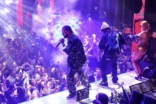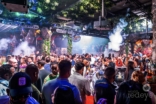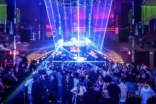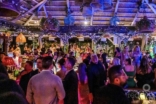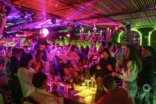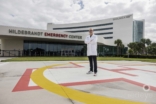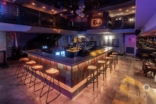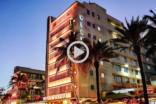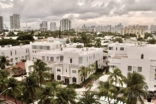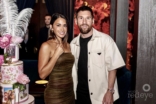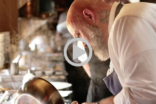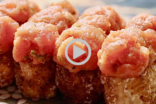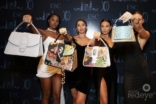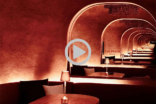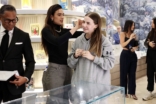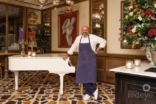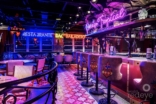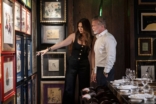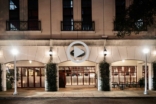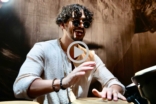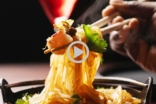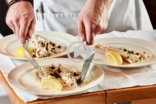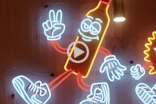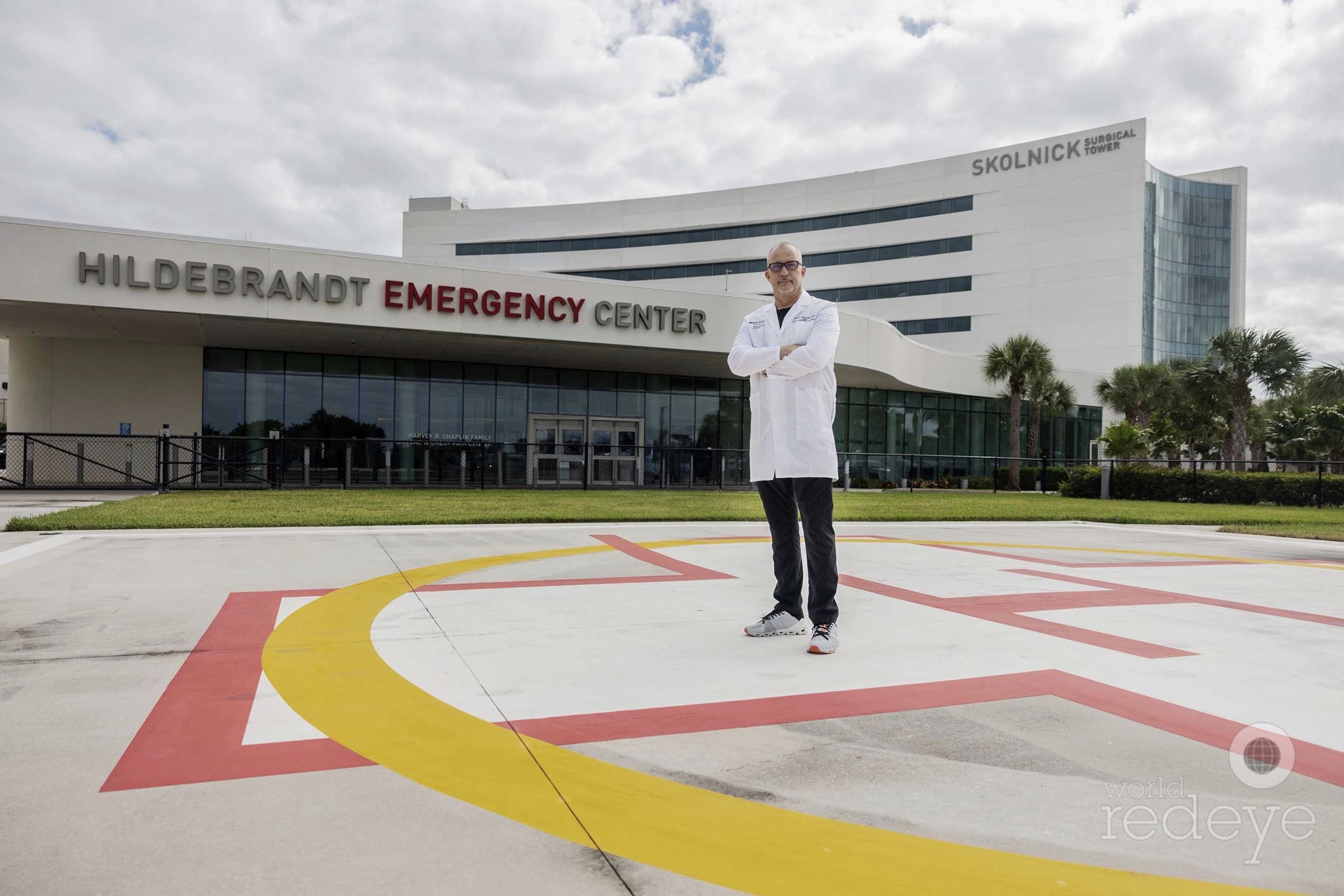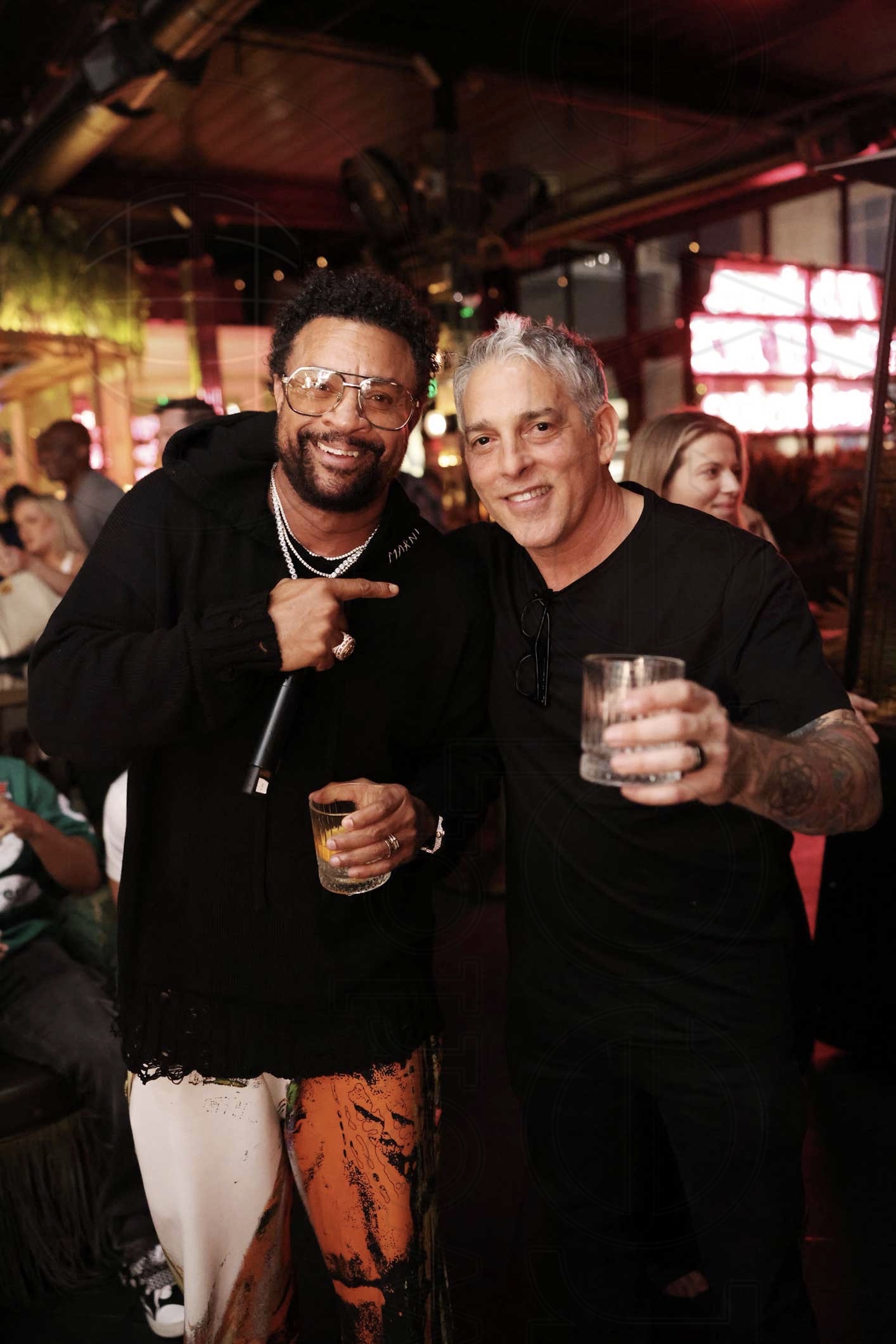Q&A: “Tired of Eating Pigeons” x Typoe
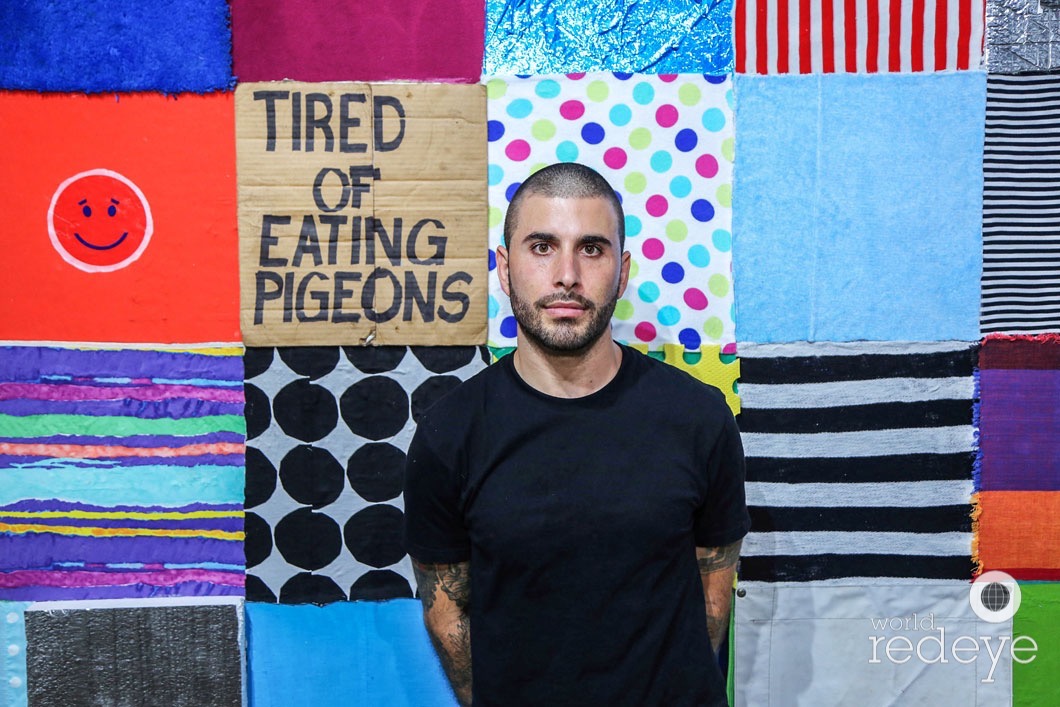
Typoe
Miami, FL – September 21, 2018 – Meet Miami’s finest master, Typoe. A true Contemporary genius, whose experiential and interactive works are subsequently hanging on the walls and gracing the collections of some of the world’s most influential art collectors.
Typoe is a multidisciplinary artist whose work evolves in response to a given situation or site specific environment. Based in Miami, Typoe has participated in gallery and museum shows around the world and exhibited his work in Mexico City, New York, Los Angeles, Buenos Aires, and Basel, Switzerland.
On Friday, we captured Typoe’s first solo show in five years, “Tired of Eating Pigeons” displayed in the Miami Design District. The exhibition is 6 foot by 6 foot colored work meshed with different textiles, colors, and hidden messages.
The exhibition is made of repurposed objects found throughout the city. Even the cardboard sign is actual text pulled from a handmade sign used by the homeless at street corners and at highway on ramps, said Typoe. It’s no secret Typoe’s approach to creating contemporary art is a reflection of todays social environment. Books Biscof founder of PRIMARY Projects spoke one on one to uncover the inspiration behind Typoe’s newest exhibition – read below for the full Q&A.
By Marissa Scarpulla
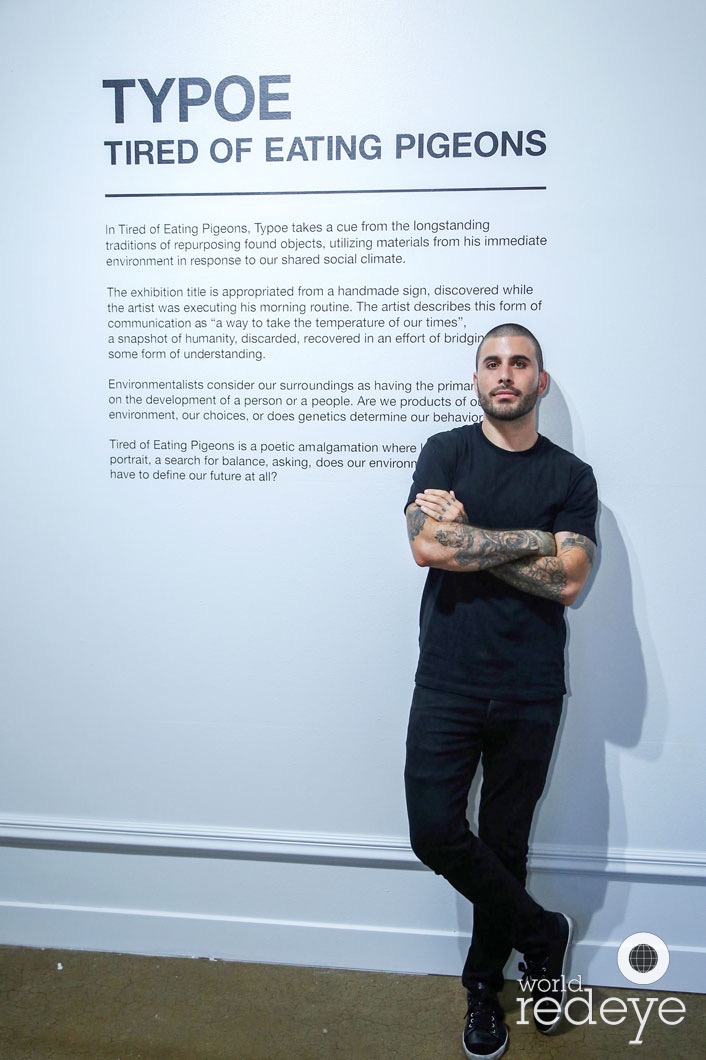
Typoe
BB: Why are you tired of eating pigeons?
Typoe: The actual text is pulled from a handmade sign used by the homeless at street corners and at highway on ramps. In my opinion, it speaks to the climate of the world right now. People are tired of the way things have been, this is a conversation about change. We are at the precipice of a new frontier or possibly a retreat into continued conflict.
BB: The tone of the exhibition seems very positive with lots of bright colors and bold patterns. Is there anything you want people to walk away with?
Typoe: Everyone brings their own baggage to each piece. Some will see sadness or overconsumption, others will find joy or a sense of nostalgia. I do my best to find a balance between the positive and the negative. For instance, the act of repurposing these discarded materials is a response to overconsumption. I’m collecting and cleaning up these materials and in a small way my effort is a contribution to the upkeep of our city. It’s not hard to notice this issue, so I took control and built a body of work through this process.
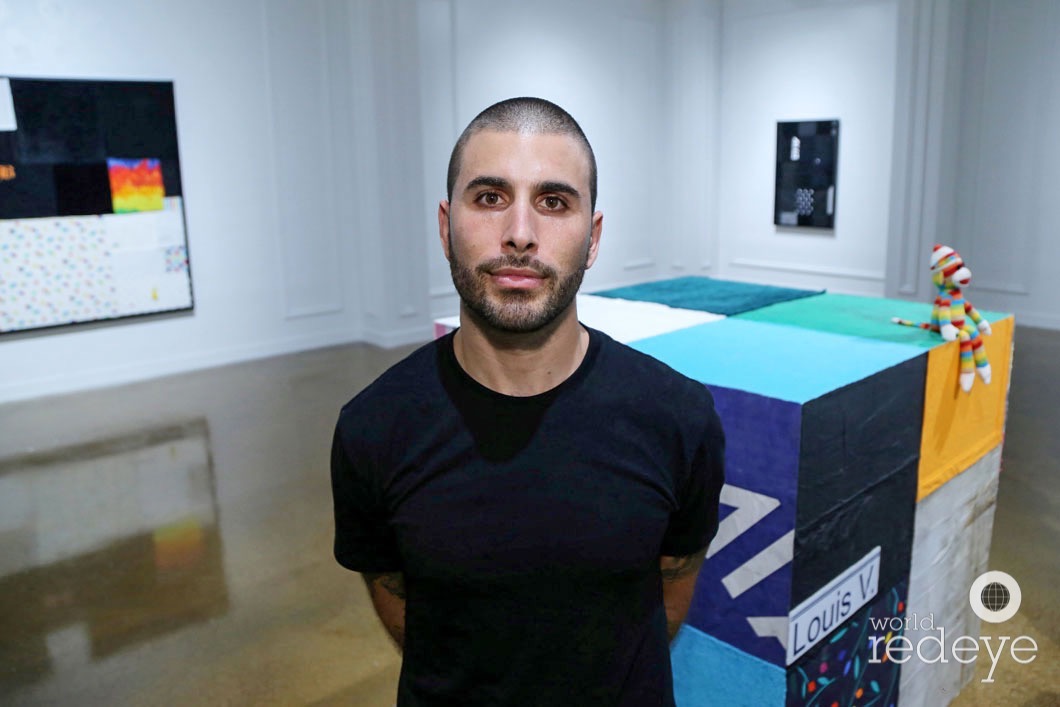
Everyone brings their own baggage to each piece. Some will see sadness or overconsumption, others will find joy or a sense of nostalgia. I do my best to find a balance between the positive and the negative.
Typoe
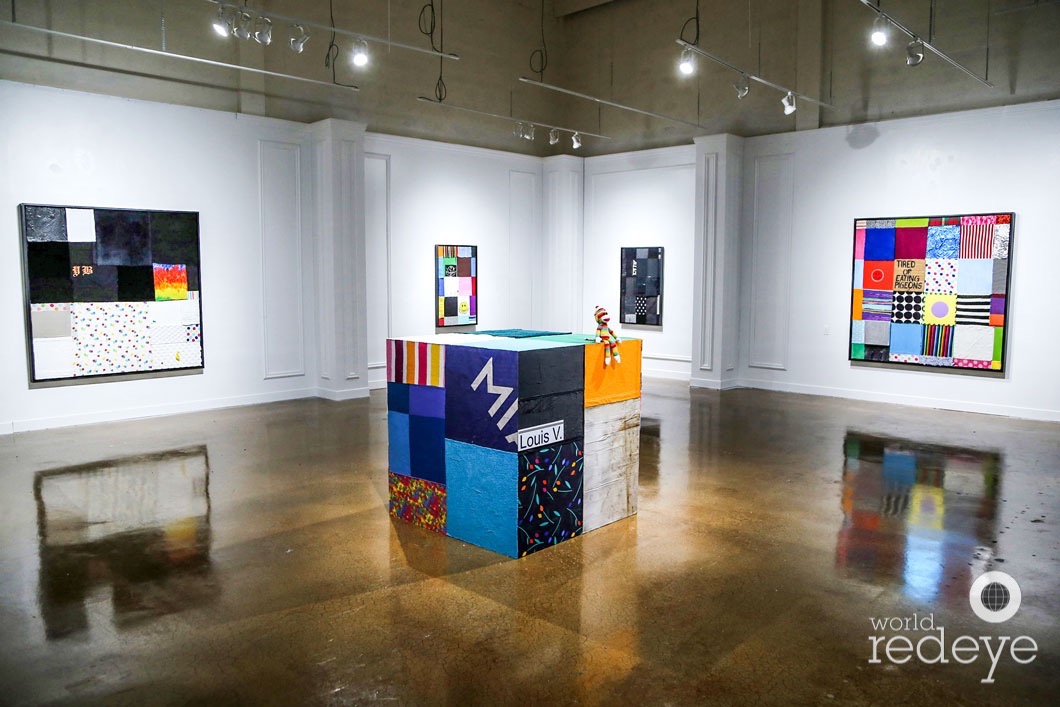
BB: You chose to showcase this body of work in the Miami Design District. Seems kind of ironic. Tell us about the humble materials you are working with and bringing them to a neighborhood known for it’s high end luxury brands?
Typoe: It is ironic. Showing in the Miami Design District was definitely at the forefront of my mind when considering where I wanted to exhibit the work. I am creating design based works with discarded materials and society considers these materials of greater value simply because the composition is introduced within a gallery context in an elite neighborhood that is known for high ticket prices. The reality is that the materials come from the neighboring areas. It makes sense to bring these works to a district in an effort of creating dialogue. There are certain truths and realities that are not necessarily a topic of discussion in a district of advantage, with this body of work, the question is up for discussion. Curious to see if people recognize and respond accordingly.
BB: You’ve been an admirer of works by environmentalist / artist Andy Goldsworthy, do you consider yourself an environmentalist, can you speak further about the parallels about his work and yours?
Typoe: I wouldn’t call myself an environmentalist but I do give a shit about the world we live in. I believe its common sense to be aware of your surroundings. In the same way Goldsworthy utilizes sticks, leaves, and rocks to create his works, I combine the elements that are presented to me from my immediate landscape.
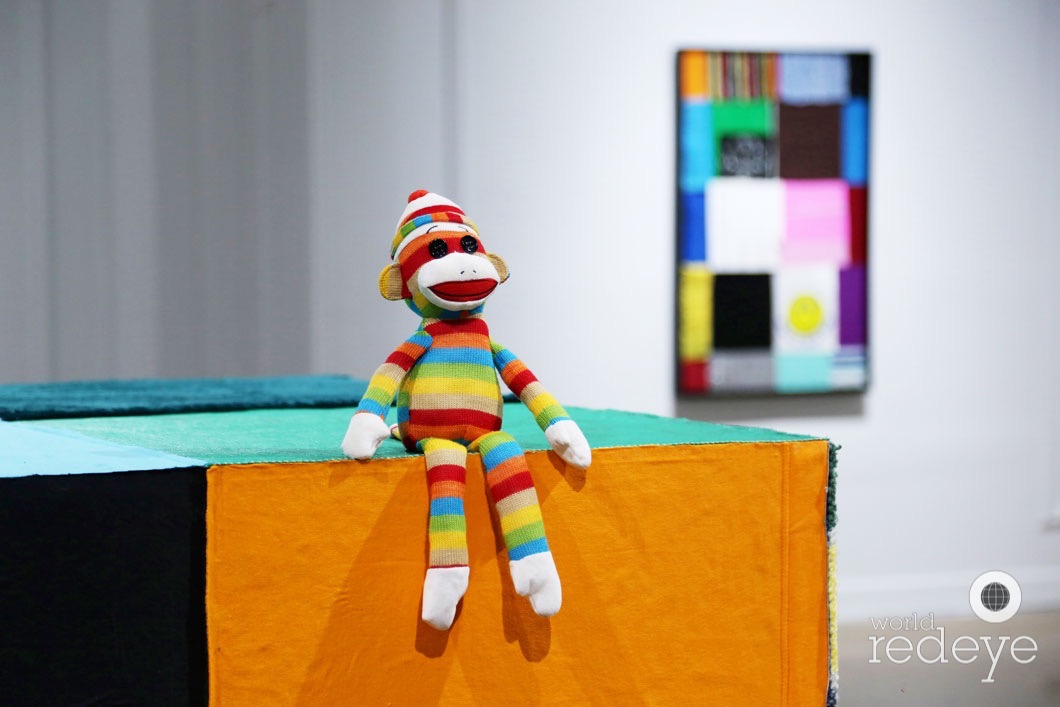
BB: Tell us about the more personal side to this body of work?
Typoe: Absolutely, the tallest column in the exhibition is titled “Serenity Prayer”, it includes a variety of materials like a homeless persons discarded sleeping bag, a handmade cardboard sign that reads “Jesus is all I have” and Sesame Street’s Cookie Monster. I look at the Cookie Monster as a humorous way of addressing addiction and the combination of the materials is a broader look at drug use and living on the streets.
BB: You were born in Miami, you have an obvious dedication to the city. What keeps you here?
Typoe: There is an energy to the landscape that is desirable, even without the people. The make of the landscape, the heat, the breeze, and the water drives who I am. I love to travel and bring what I experience while I am away back to the city that made me.
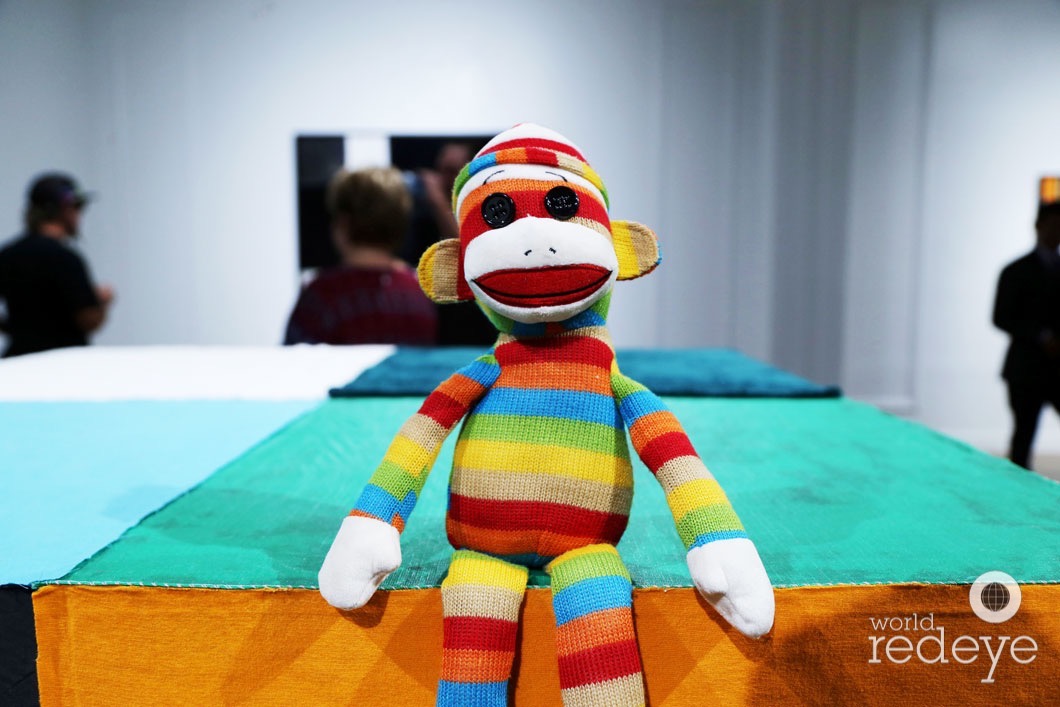
BB: In the current press release, there is an argument in consideration, one suggests we are products of our environment, another suggests we are products of our decisions, and you leave the argument open, ending with a question, does our environment have to define our future at all? Does it?
Typoe: Yes and no. Everybody is different. Where a family is from in the world is going to weigh heavily on your spirituality, the food you eat, the people you associate with and without making any decisions at all, you are all ready being influenced by your environment. Only later can you make a choice to fight against or go with the flow of your surroundings. I trust my instincts and I am fully aware of where I have been born, the family I’ve been born into, and that comes with certain baggages and certain advantages. I try exploring new ideas in living and I do my best to reconsider things that I might oppose naturally. I just keep learning.

I look at the Cookie Monster as a humorous way of addressing addiction and the combination of the materials is a broader look at drug use and living on the streets.
Typoe
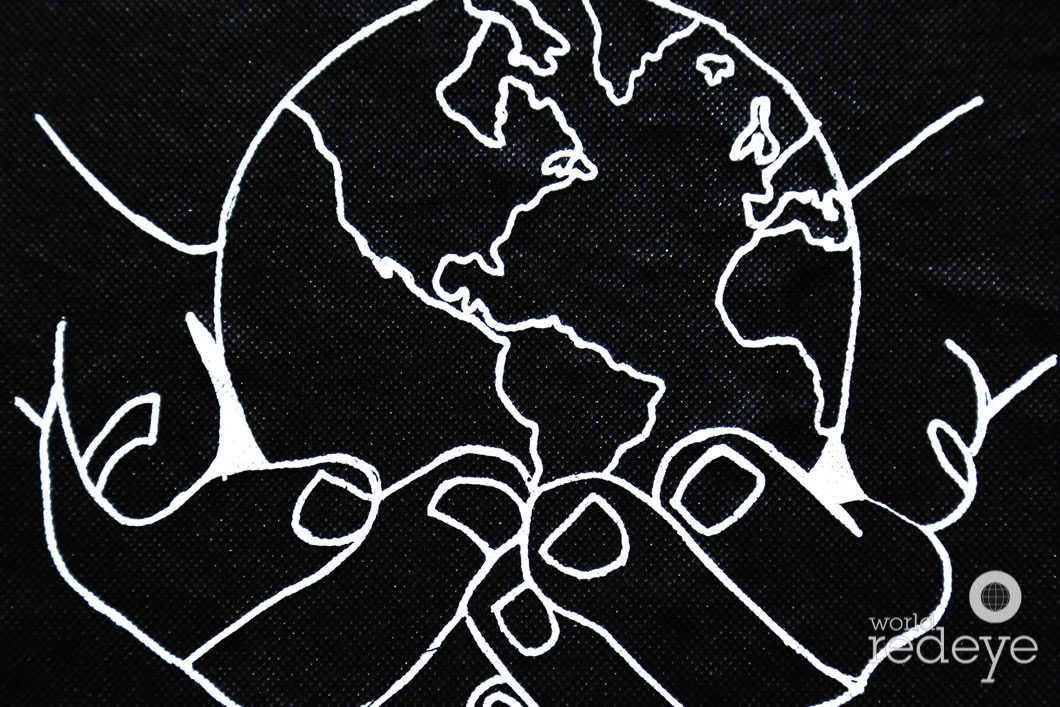
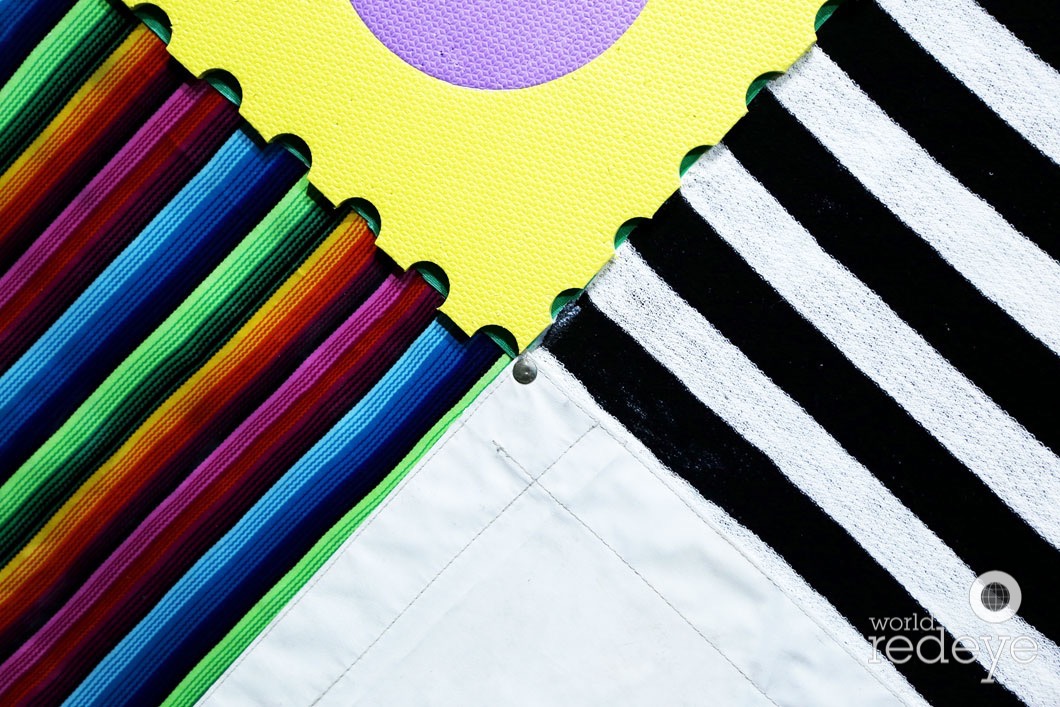
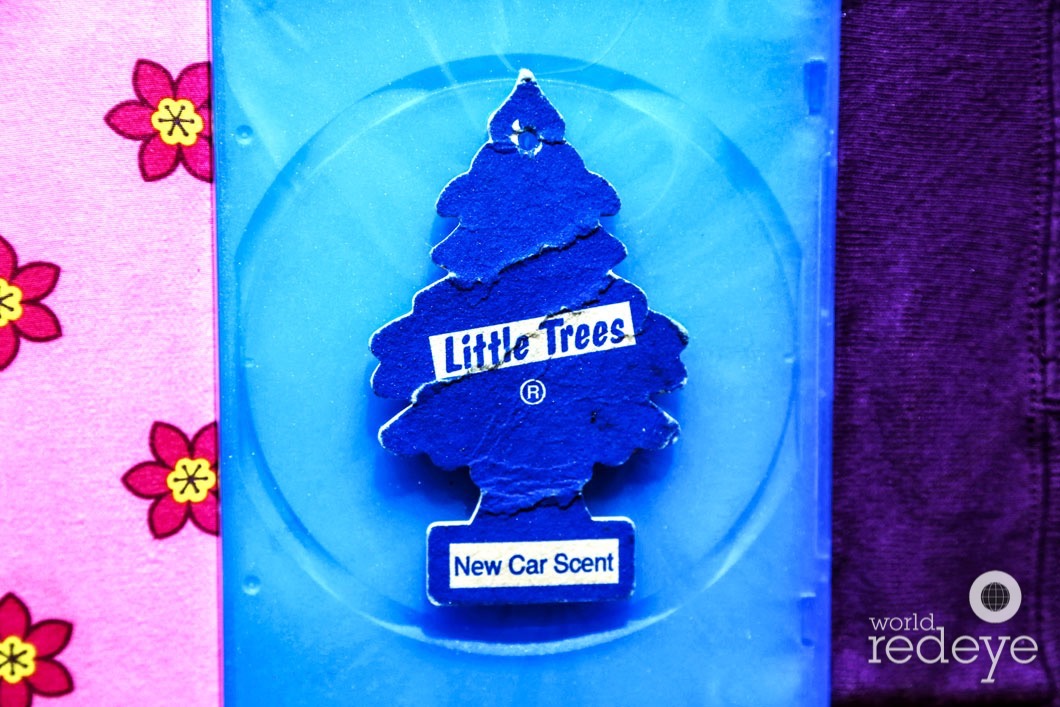
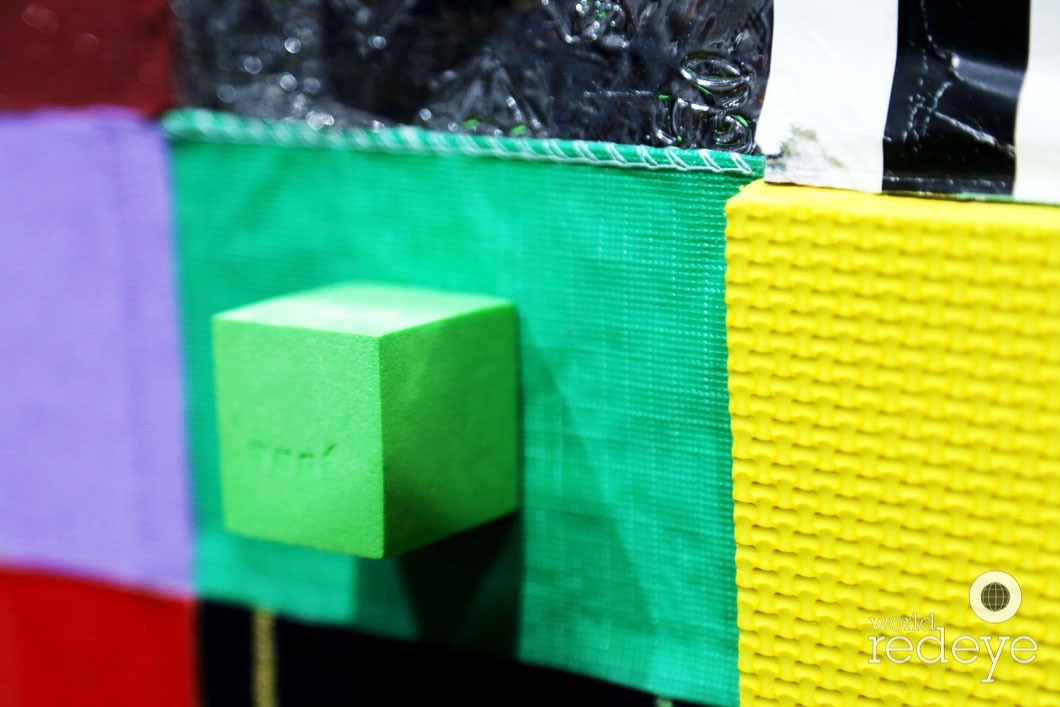
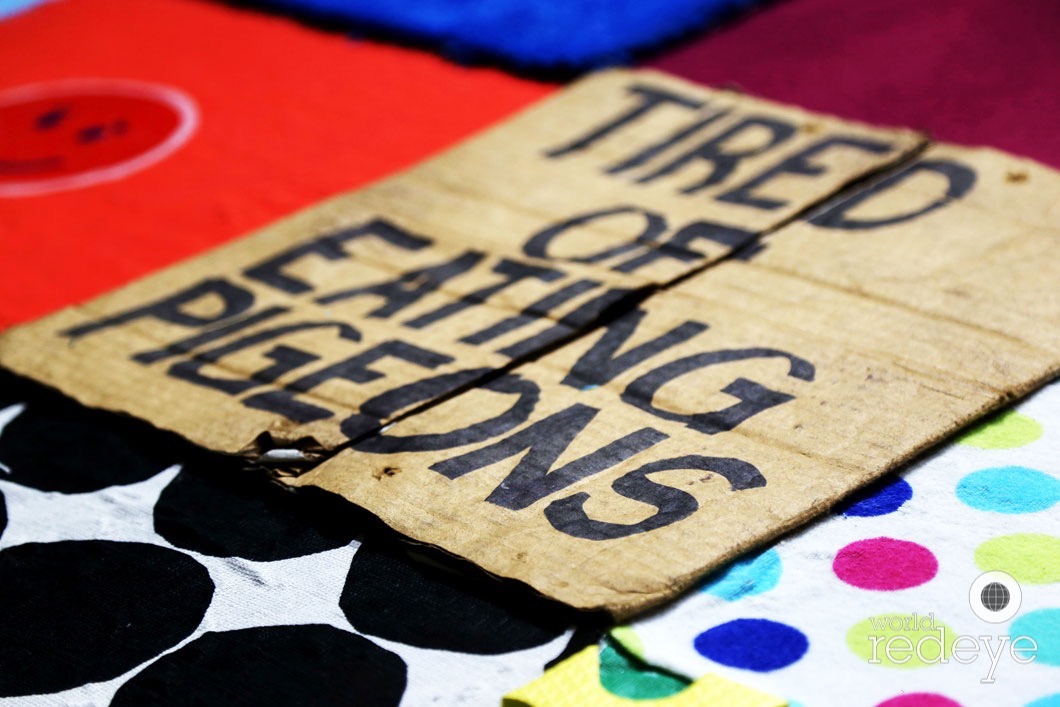
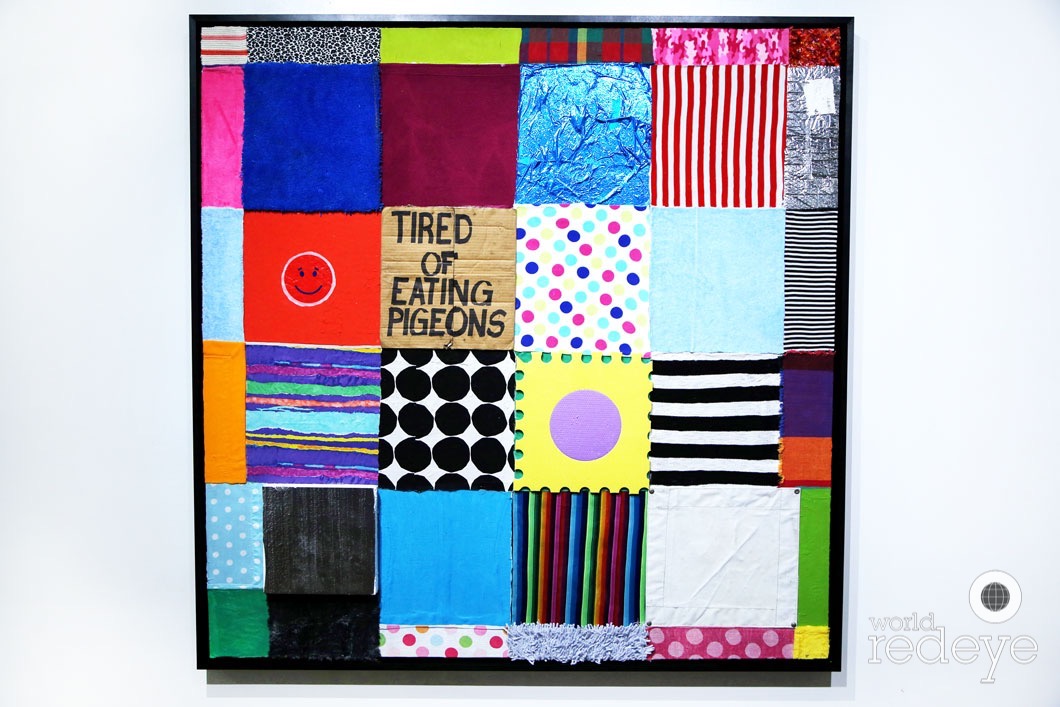
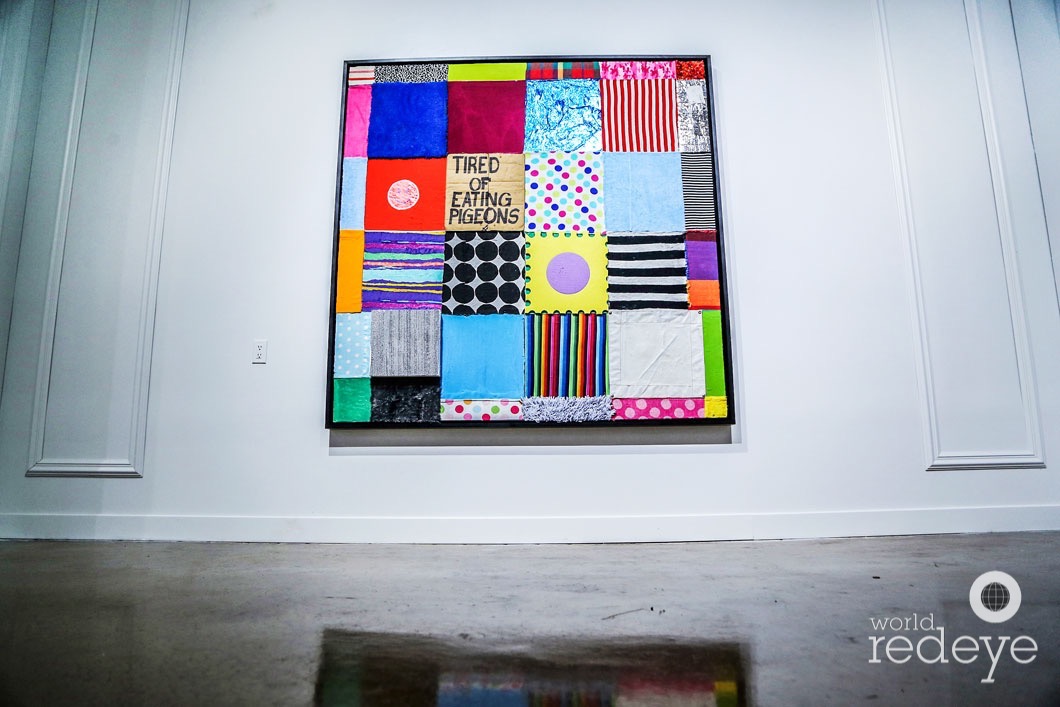
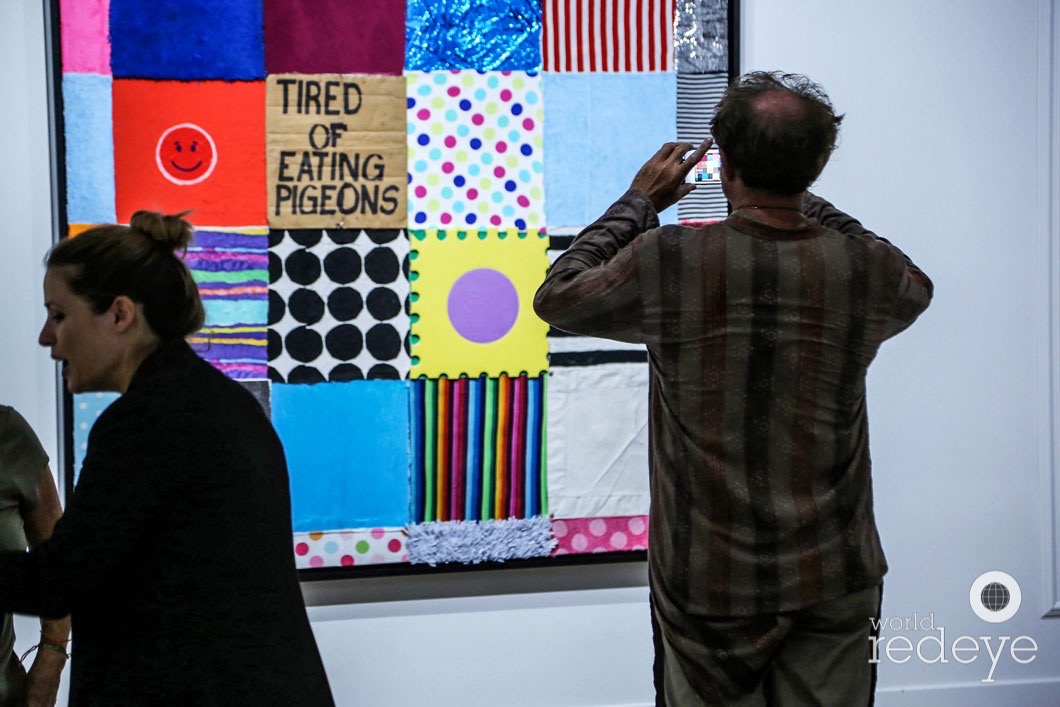
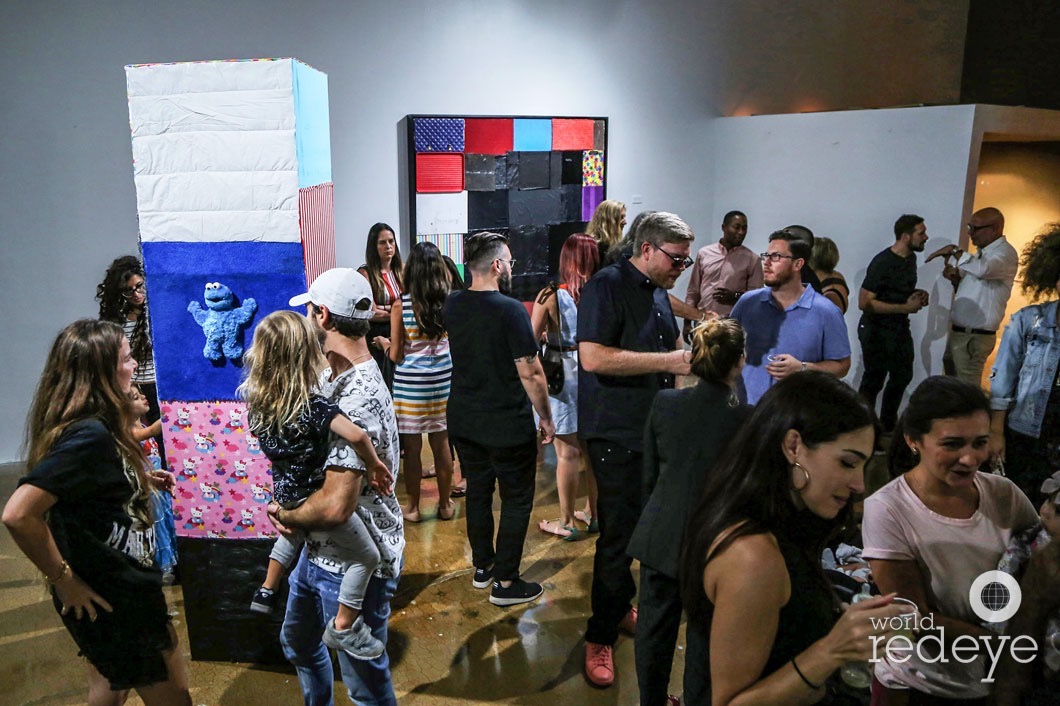
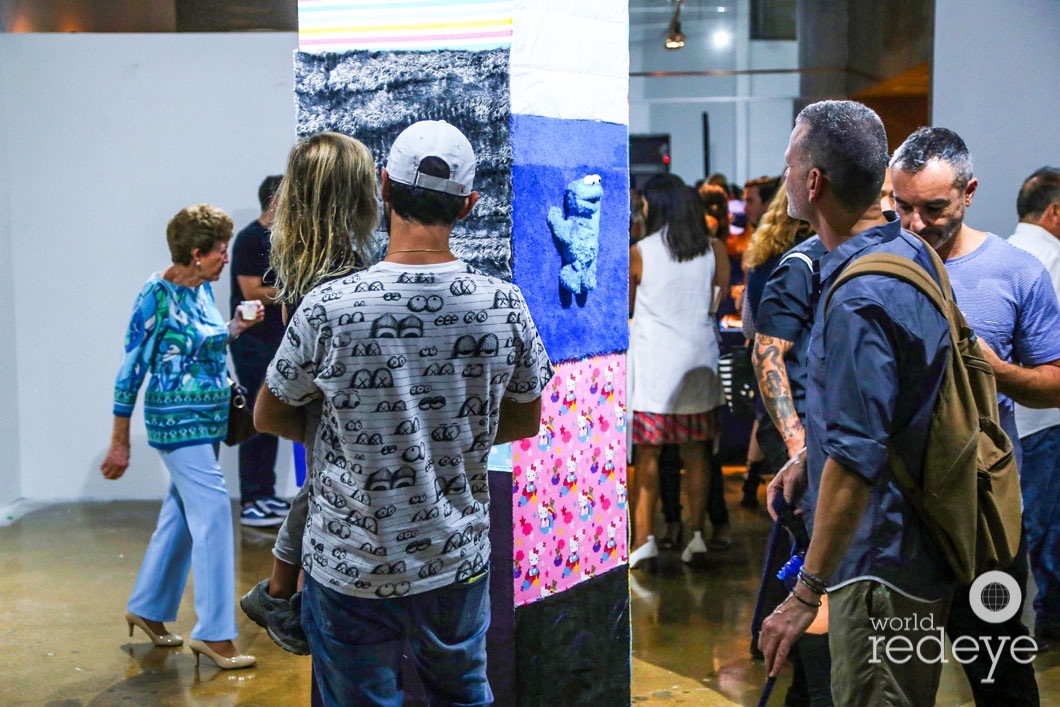
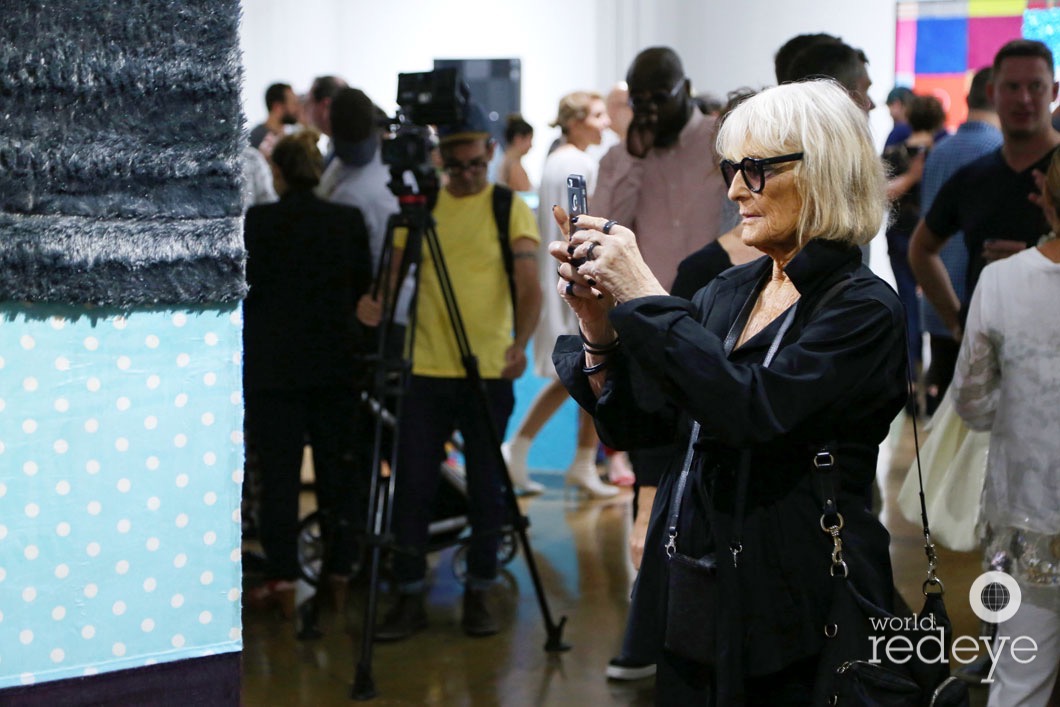
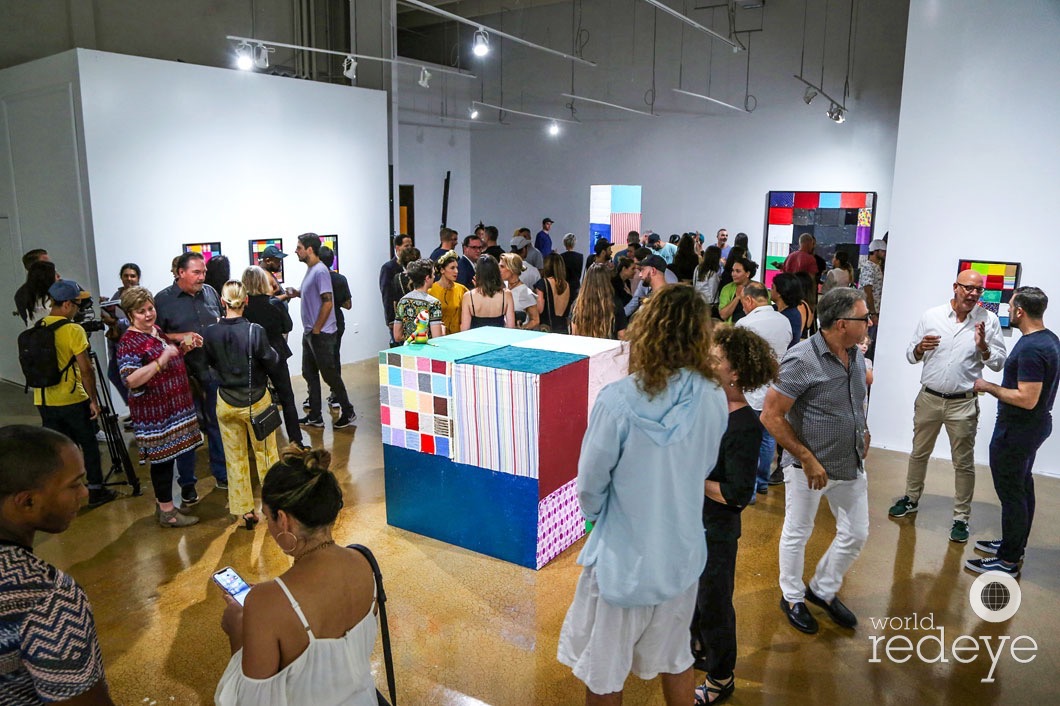
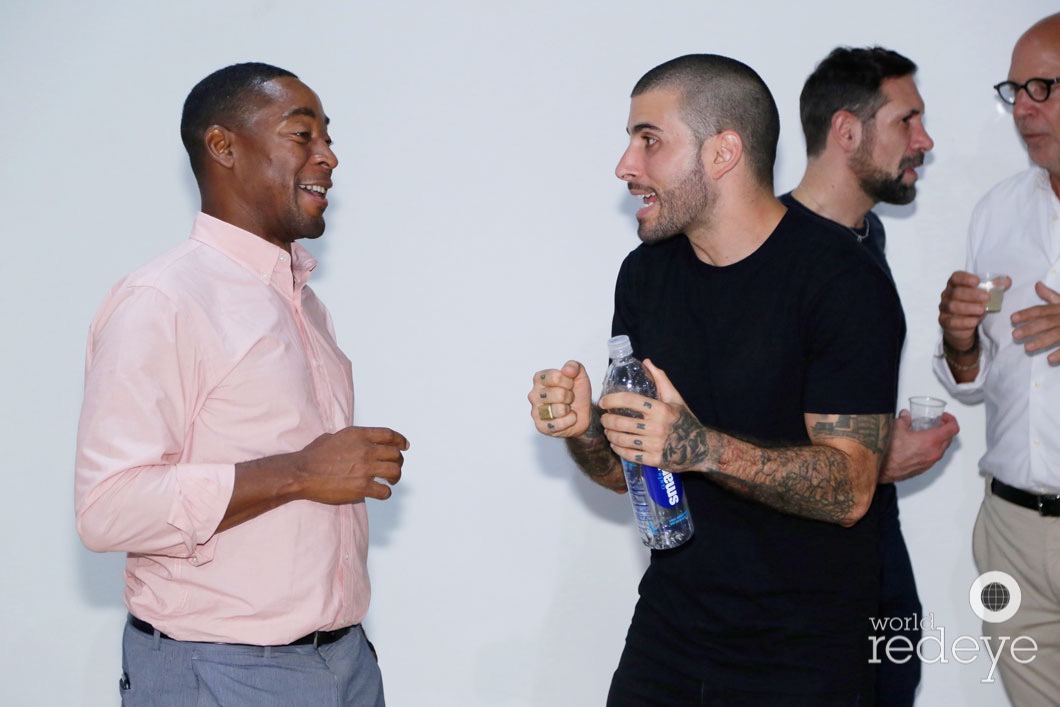
Franklin Sirmans & Typoe
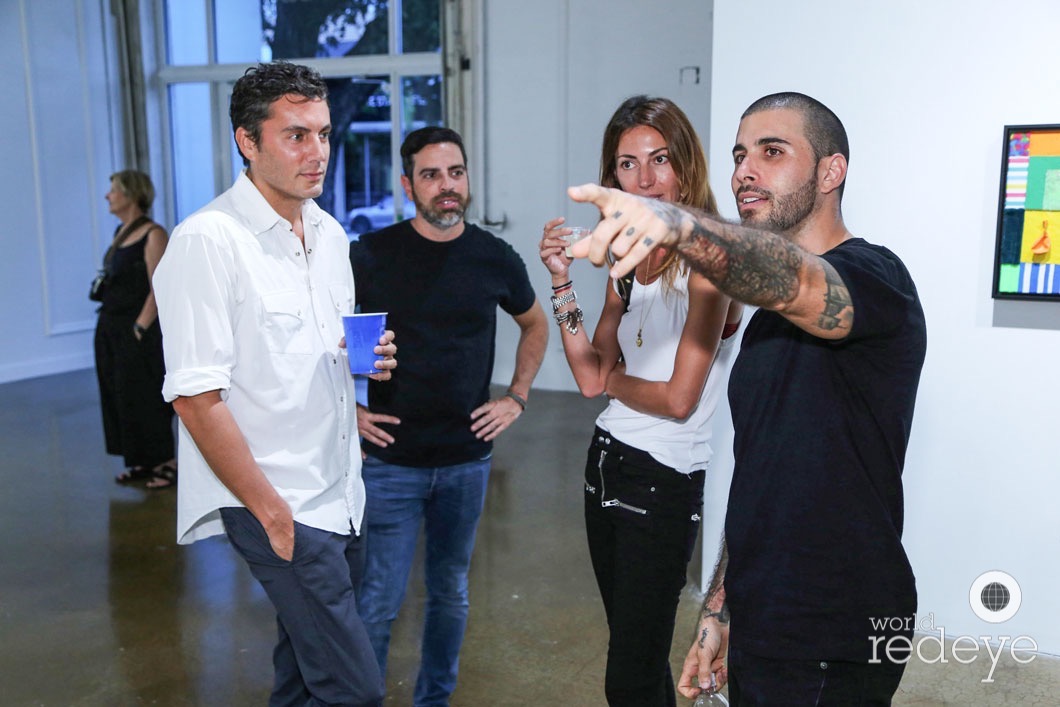
Fabian & Martina Basabe, & Typoe
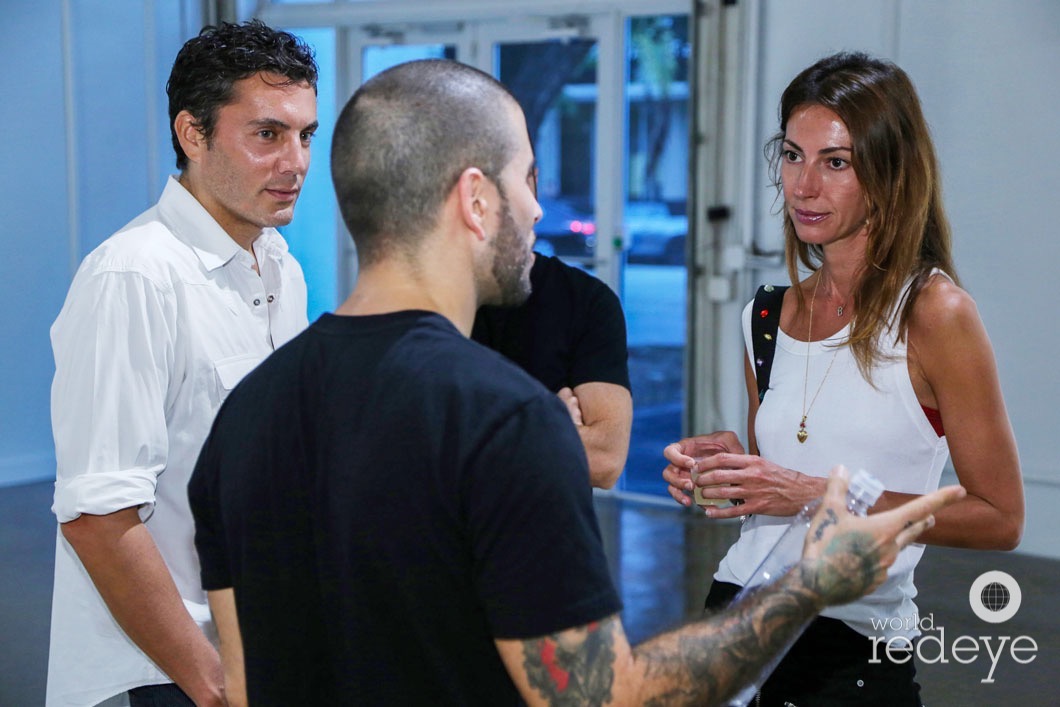
Fabian Basabe, Typoe, & Martina Basabe
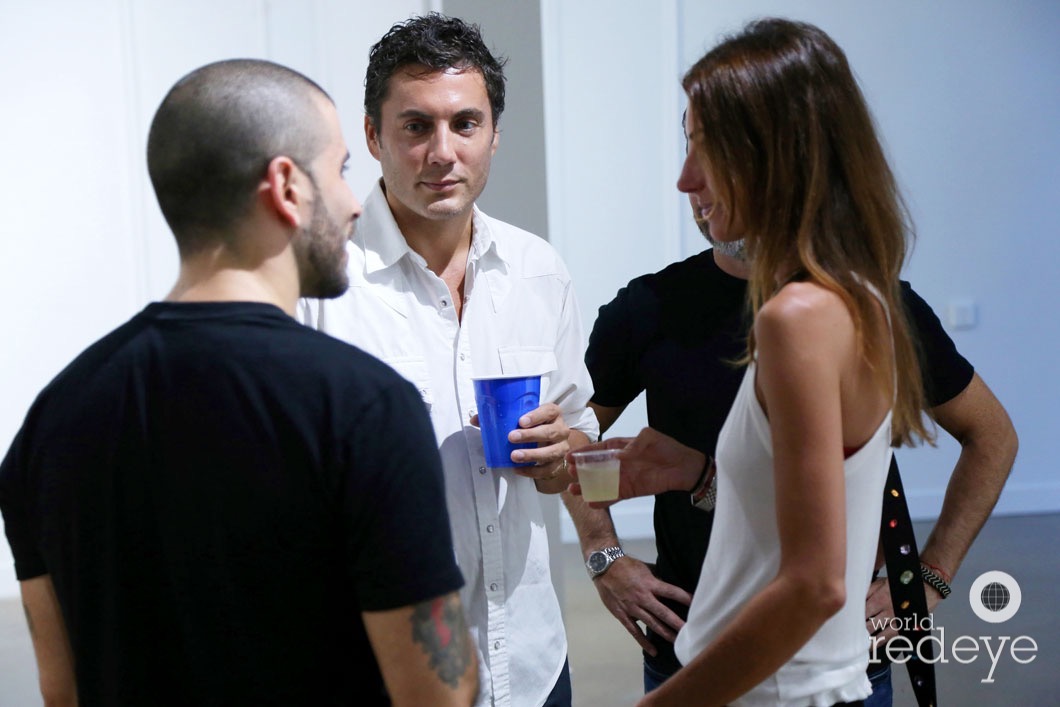
Typoe, Fabian & Martina Basabe
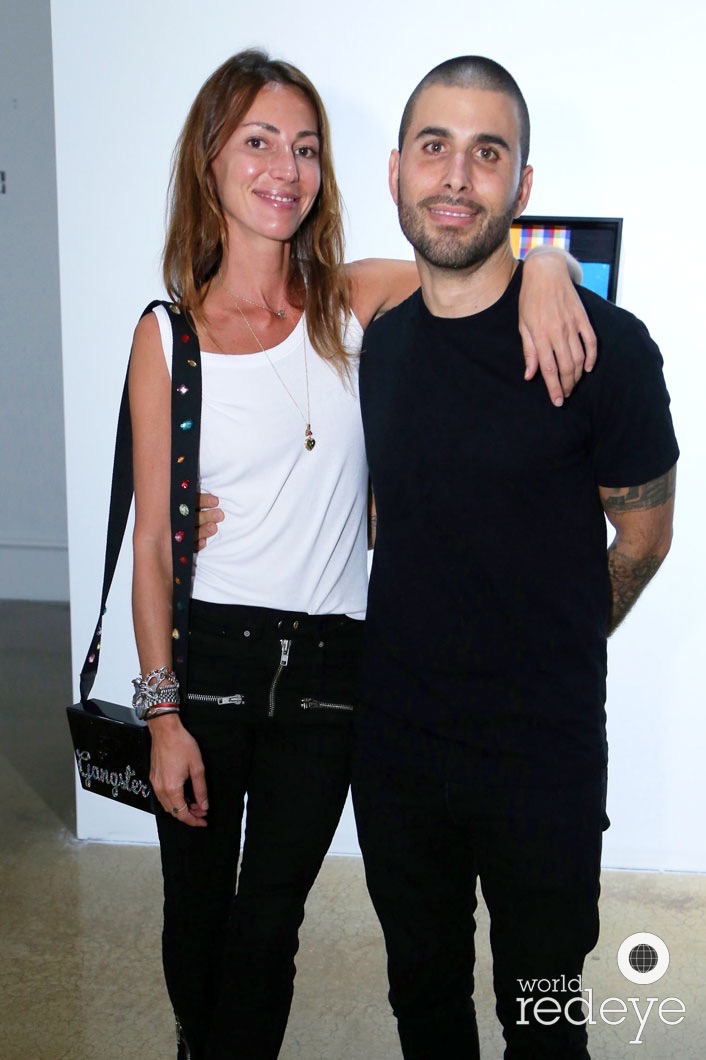
Martina Basabe & Typoe
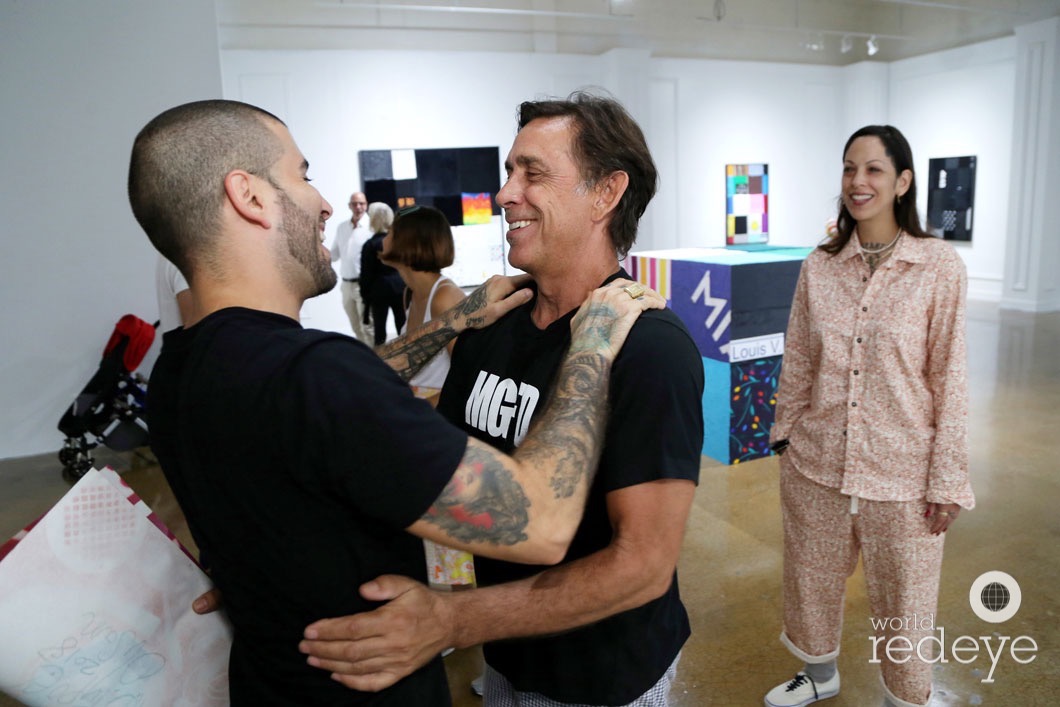
Typoe
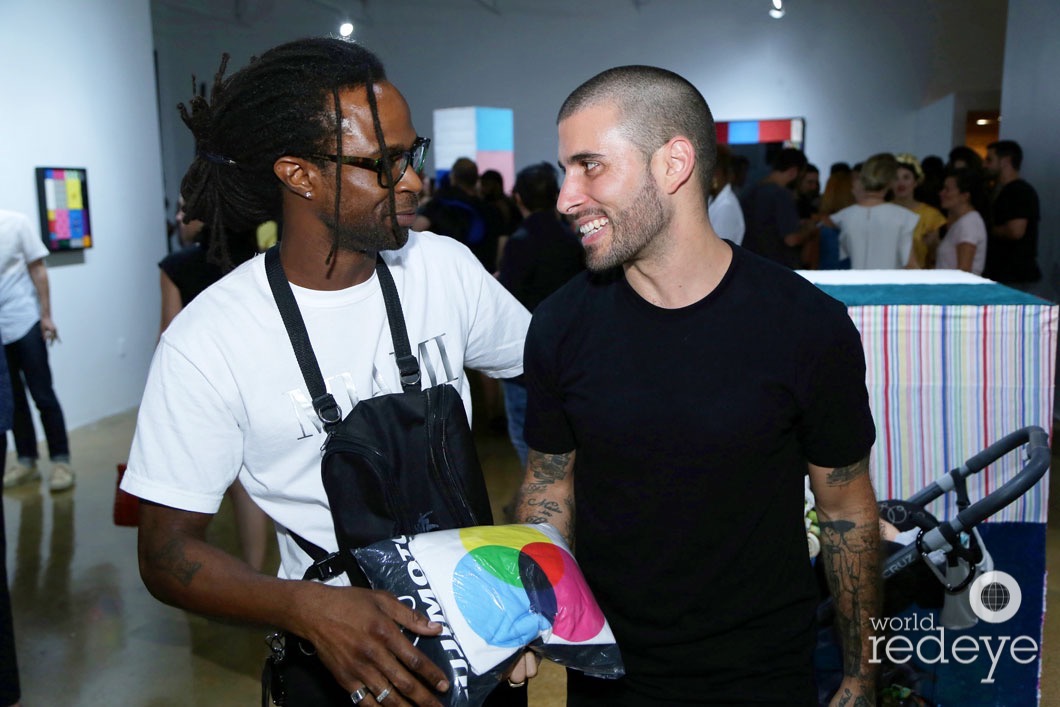
Franchise Fujimoto & Typoe
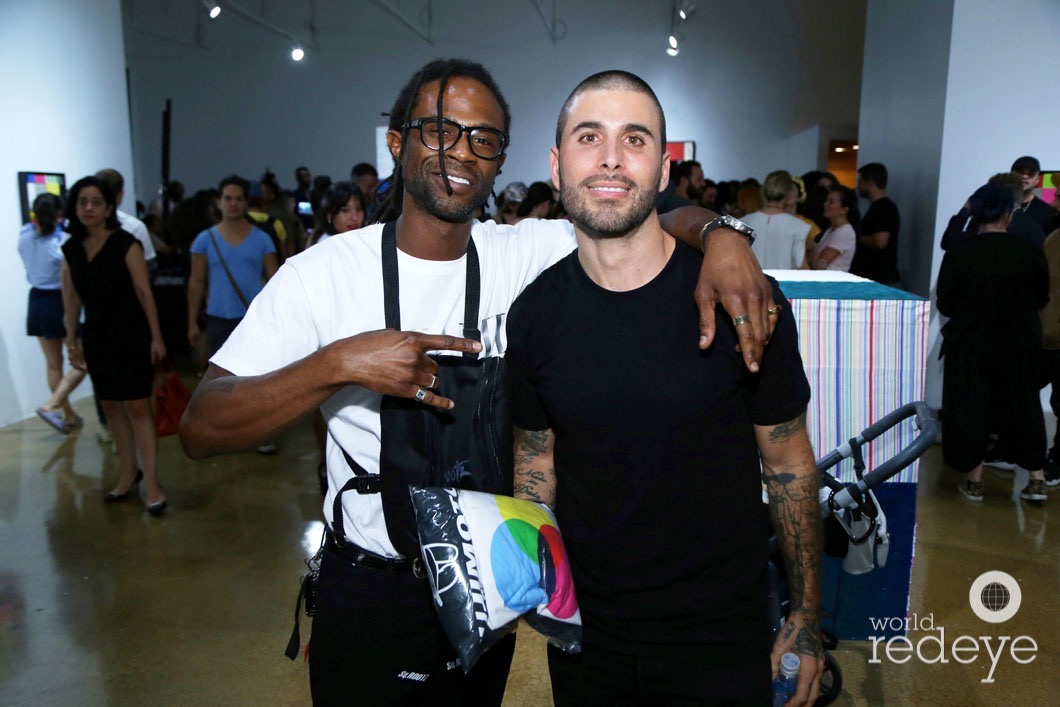
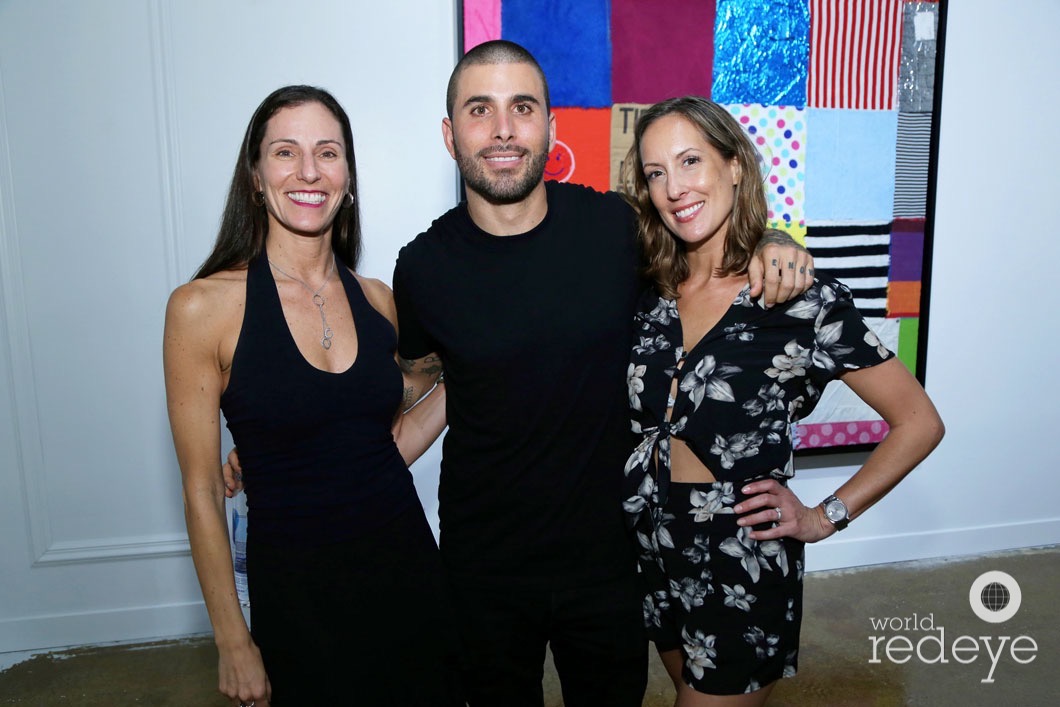
Karen Boyer, Typoe, & Sarah Johnson Court
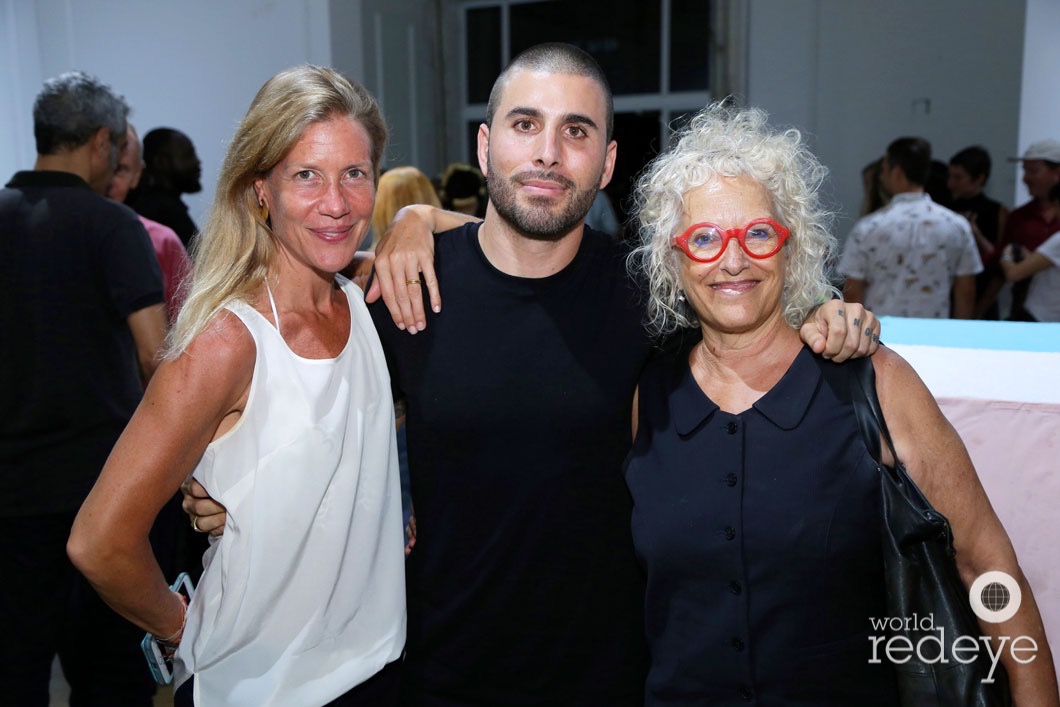
Kathryn Mikesell, Typoe, & Tami Katz-Freiman
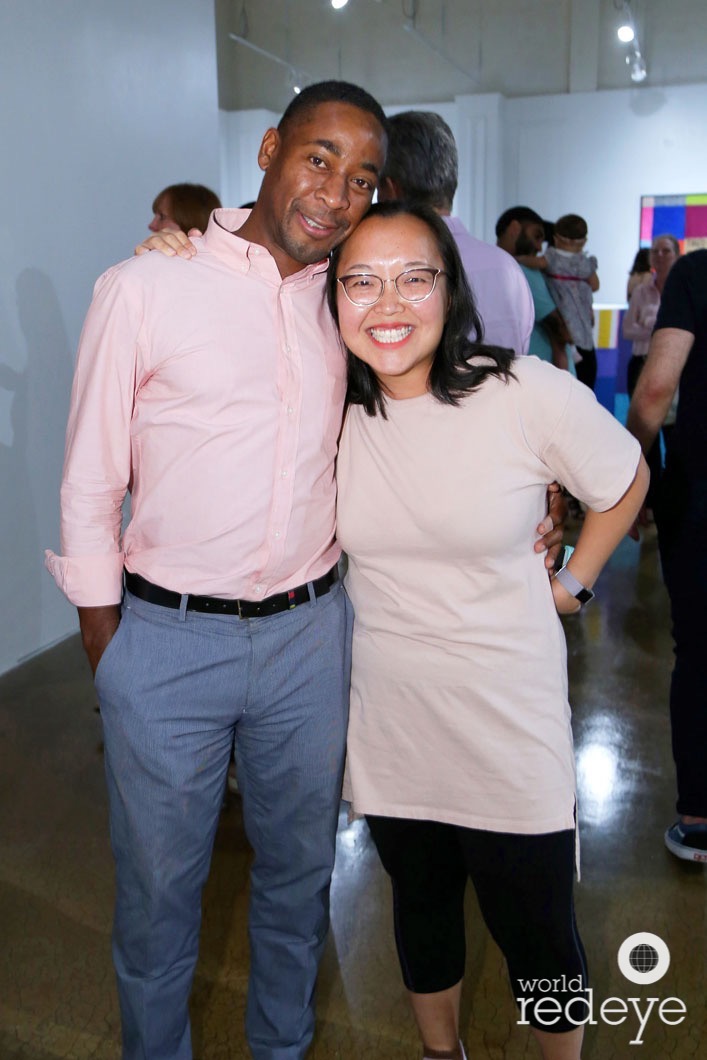
Franklin Sirmans & Esther Park
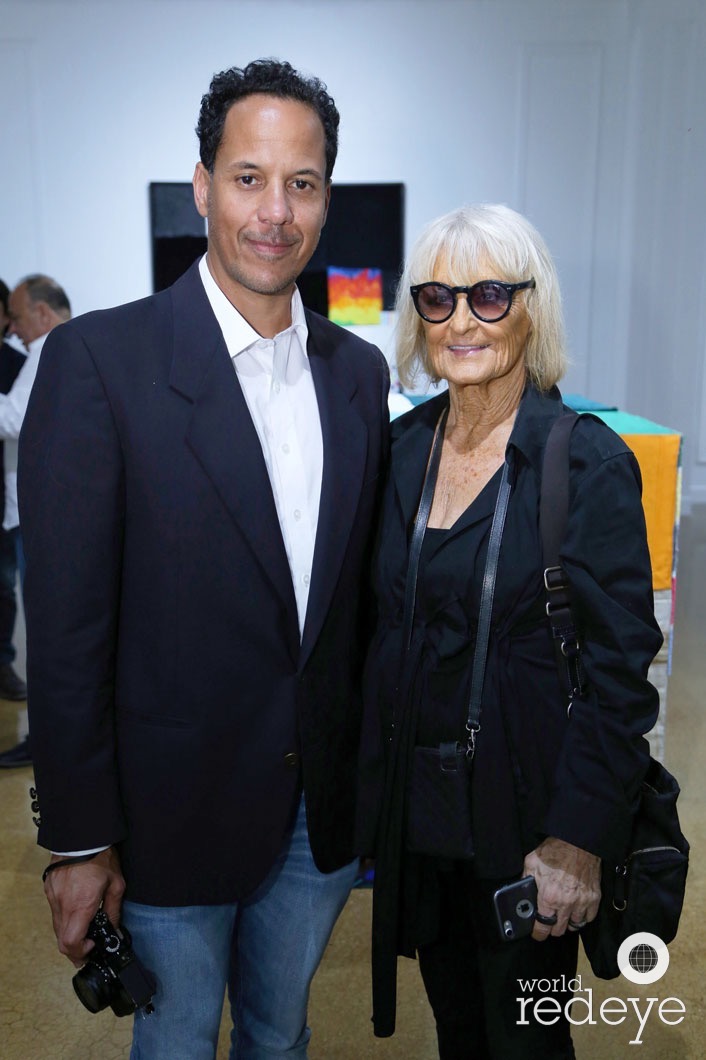
Nicolas Guillen & Barbara Hulanicki
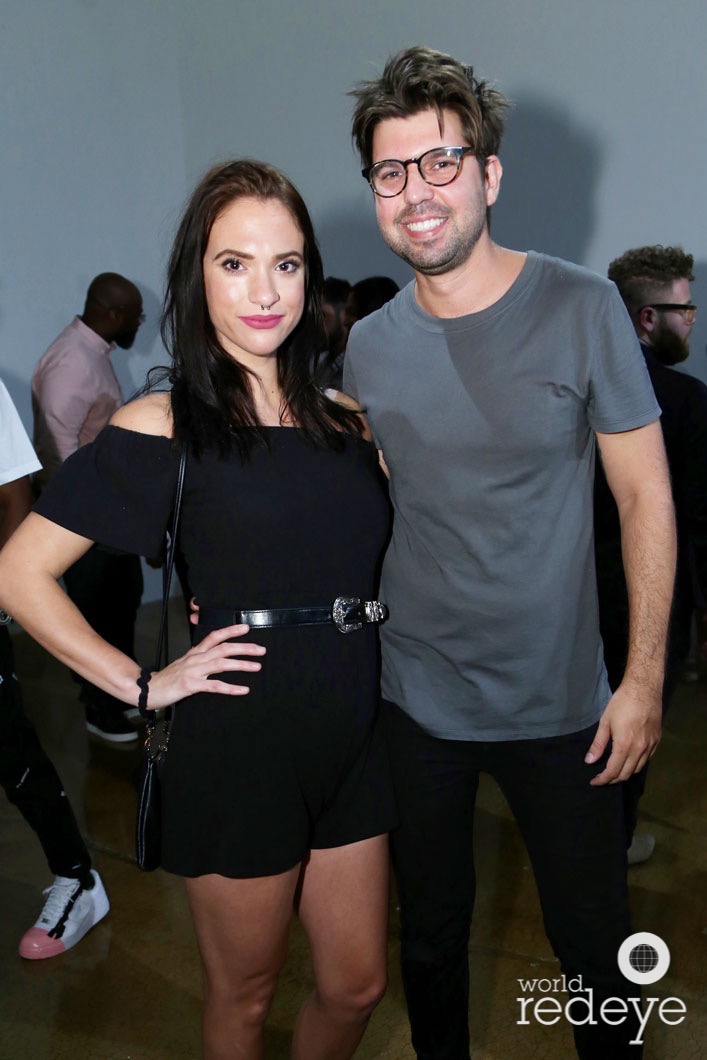
Marina Addario & Chris Carter
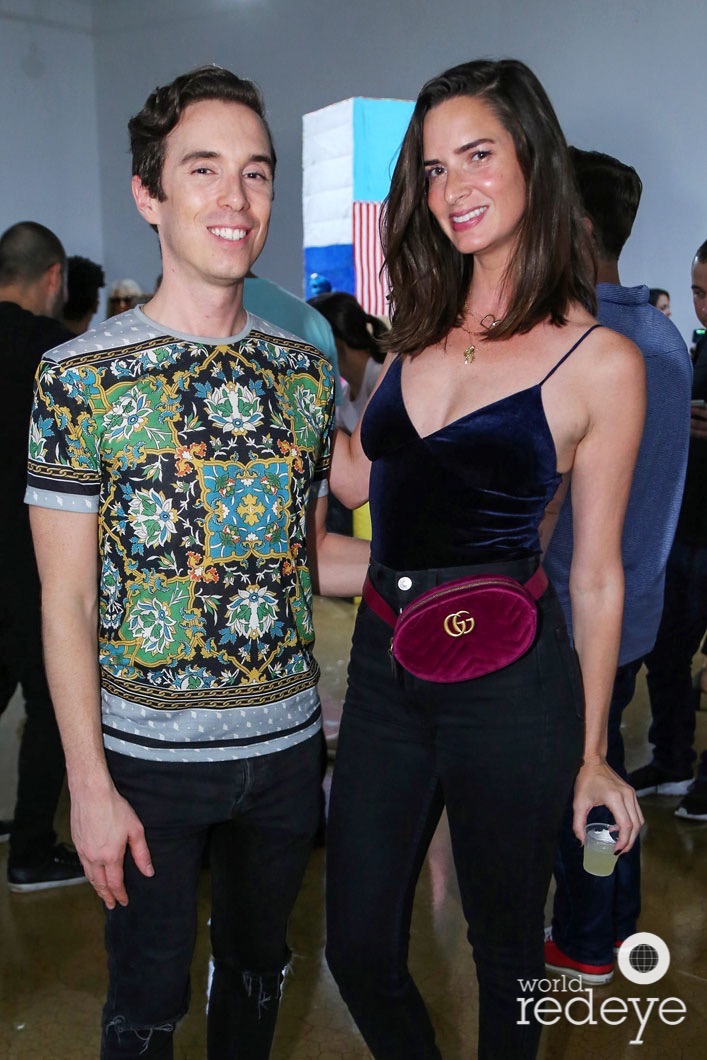
Christopher Pastor & Bibi Pestana
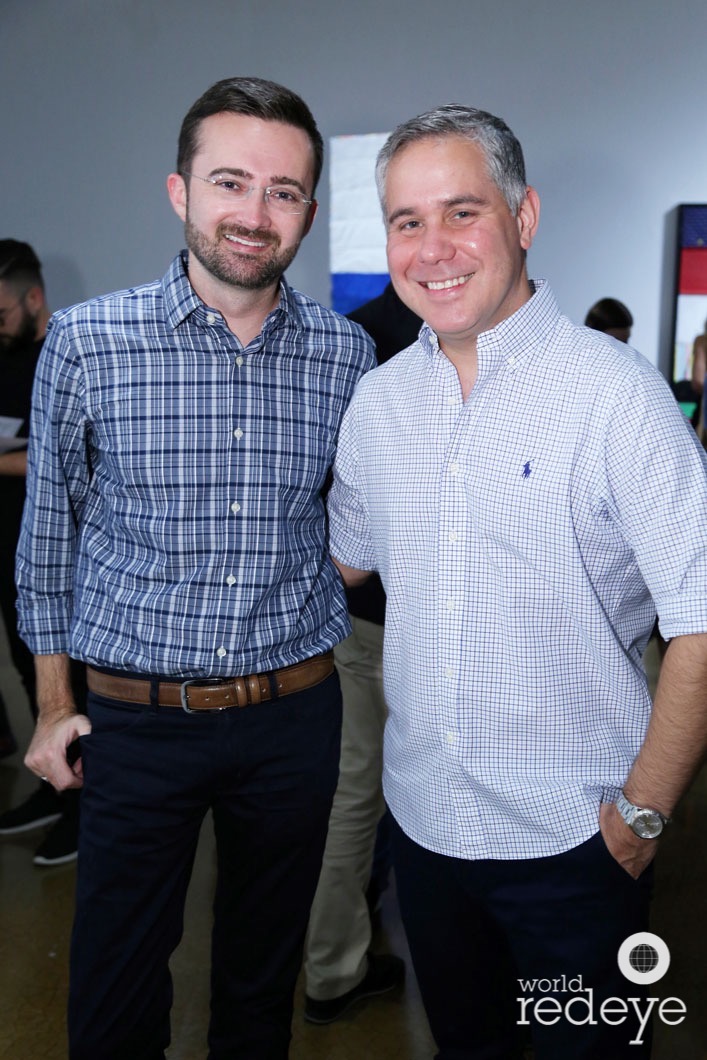
Florian Jouin & Luis Rigual
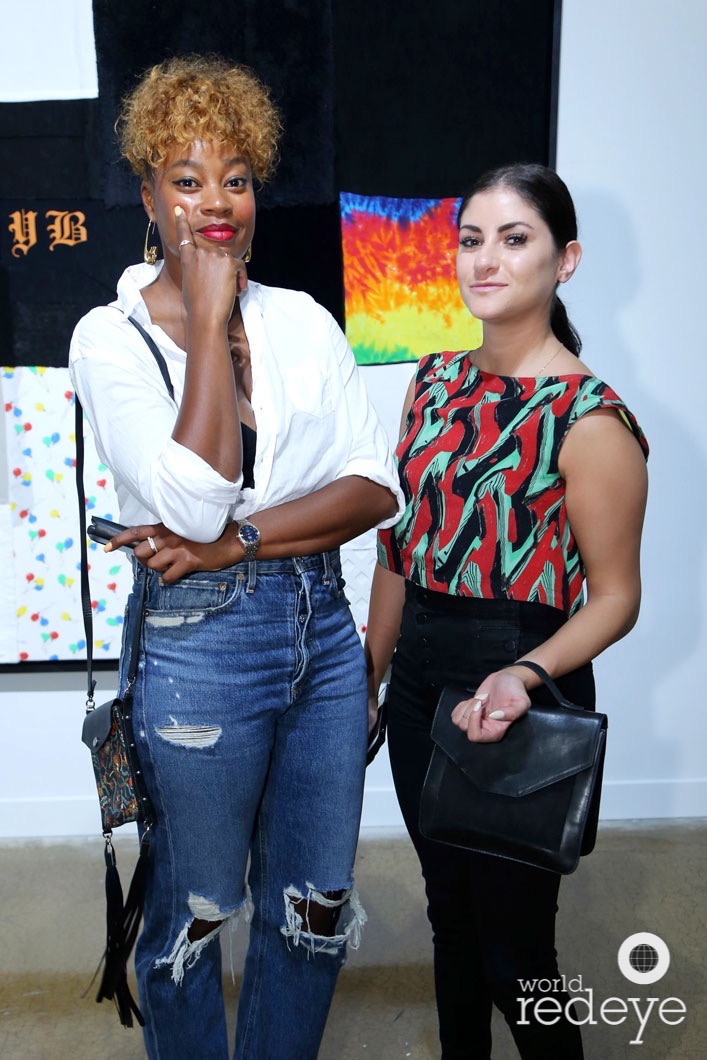
Noelle Scaggs & Nada Taha
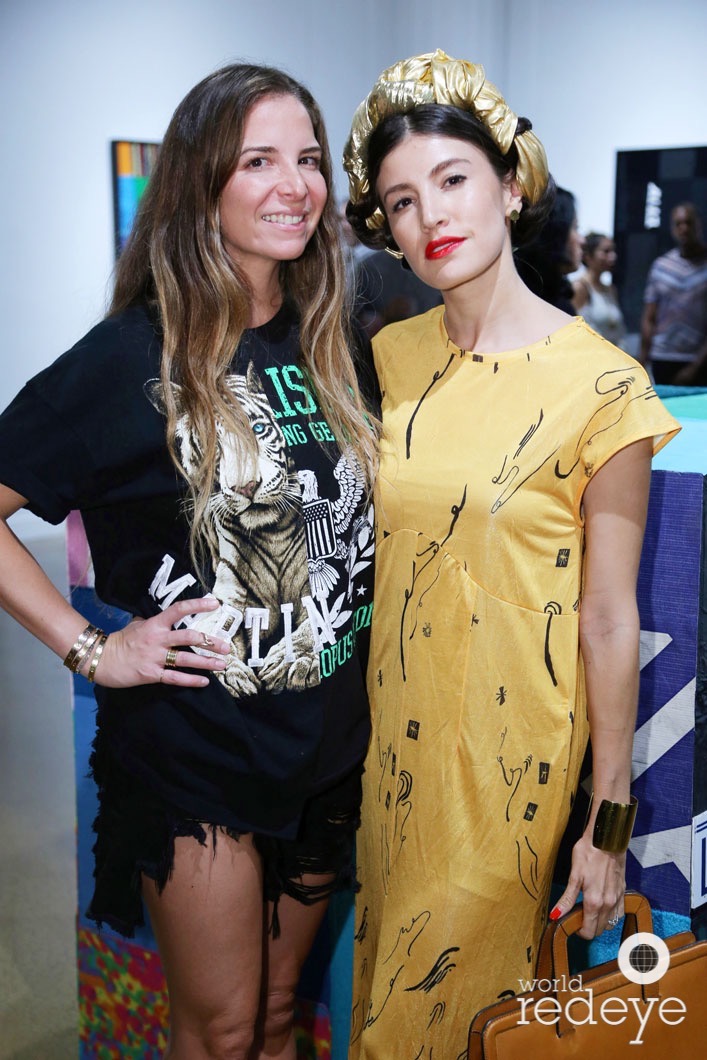
Tara Benmeleh & Danié Gómez-Ortigoza
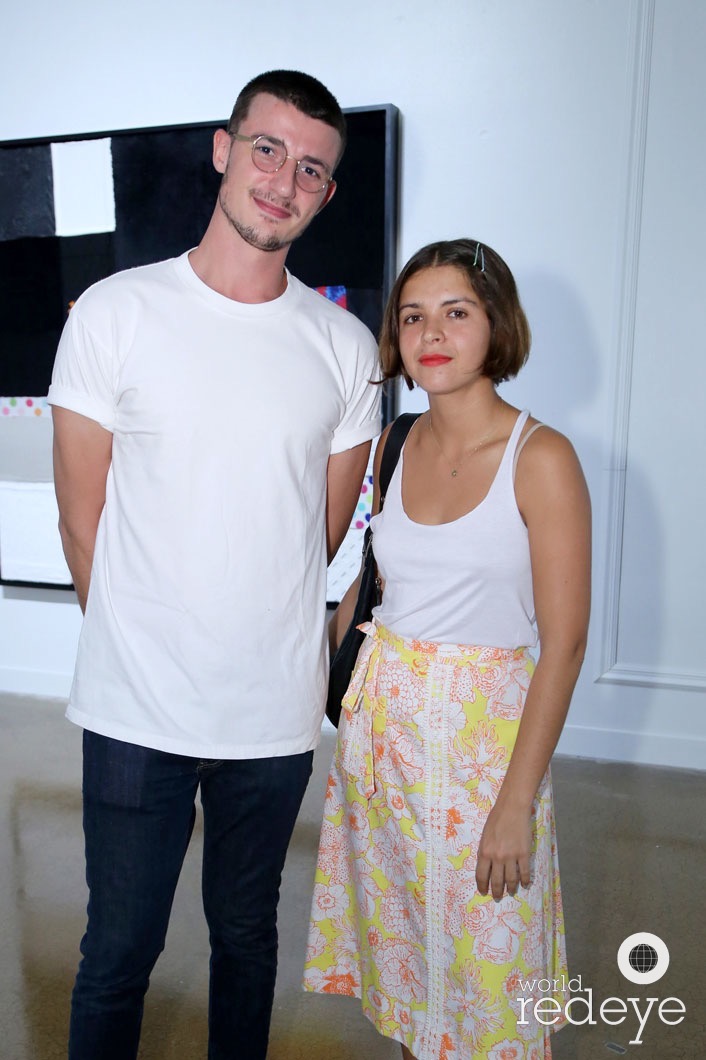
Danny Rosenberg & Lulu Sanchez
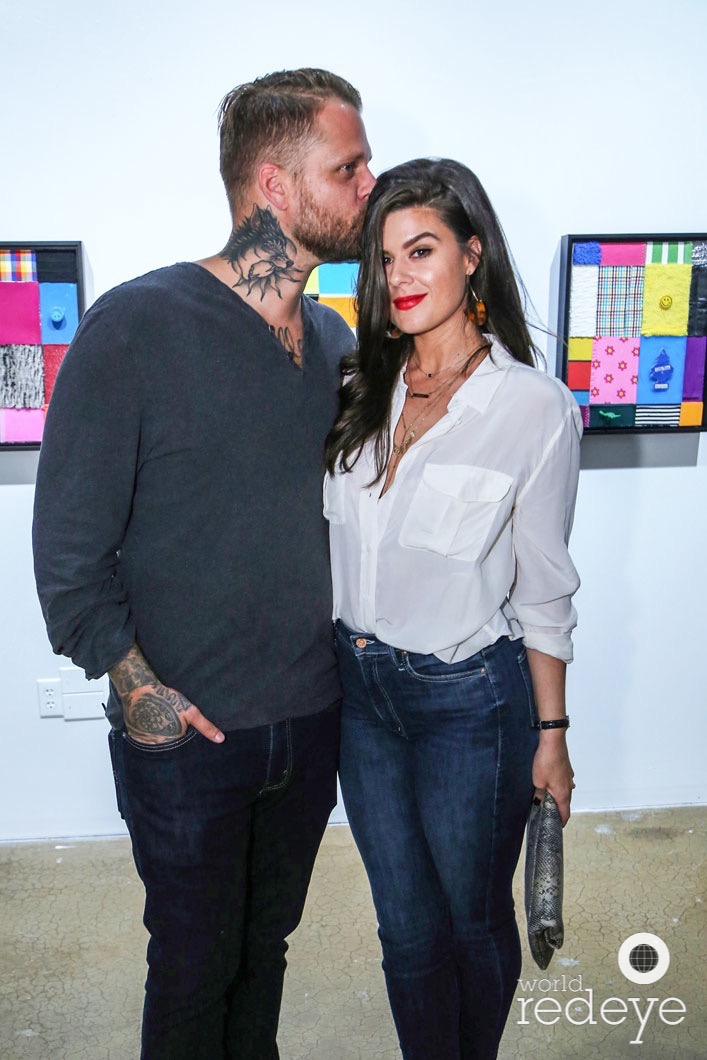
Grant & Christina Bonnier
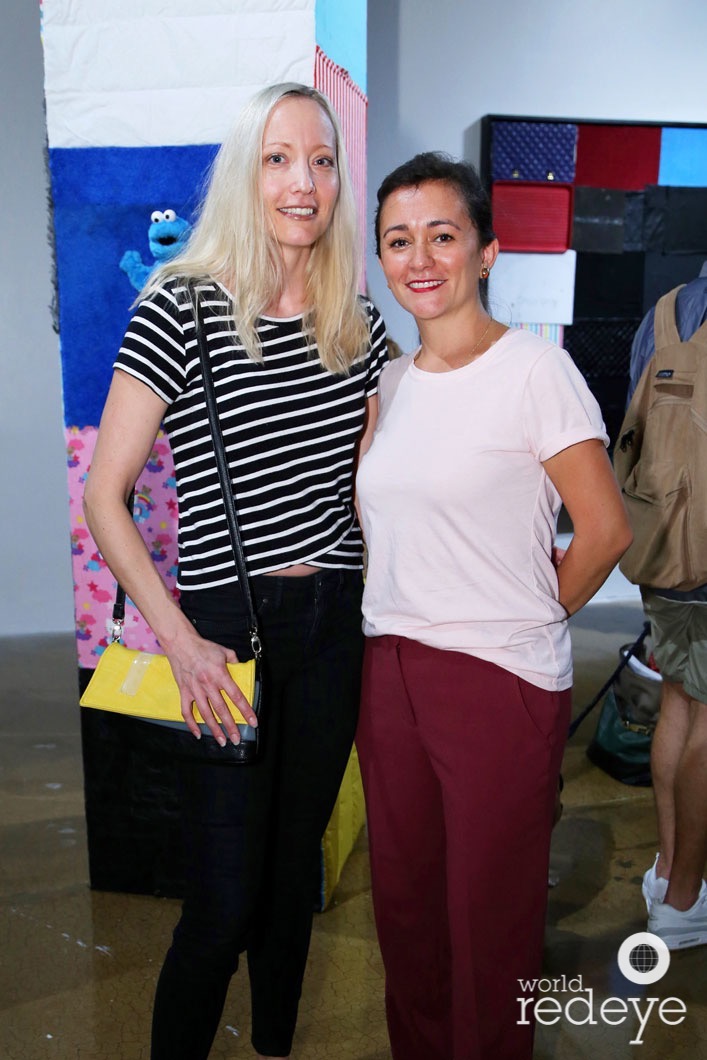
Louis Cooper & Cristina Gonzalez
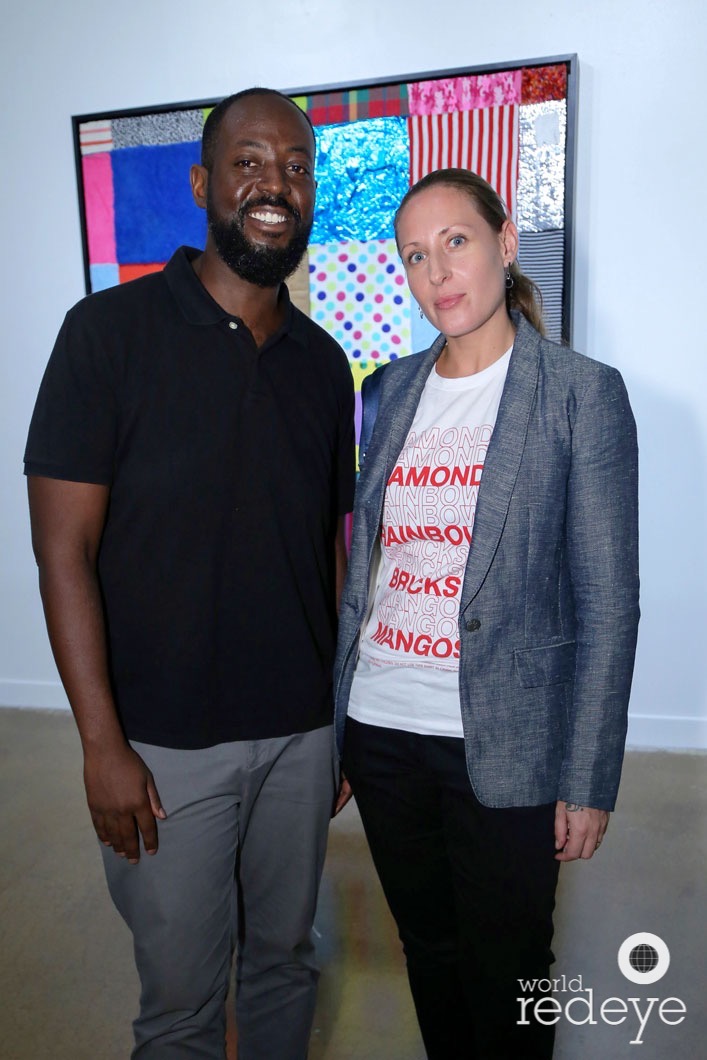
Jared McGriff & Heike Dempster
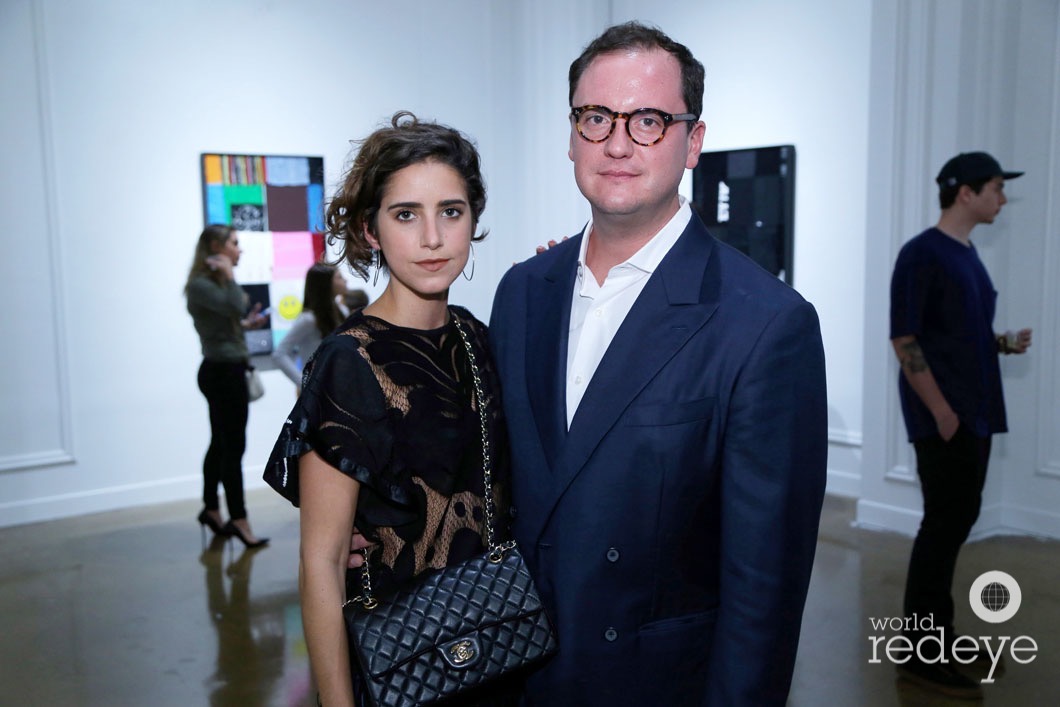
Ferananda Torciva & Jonathan Gonzalez
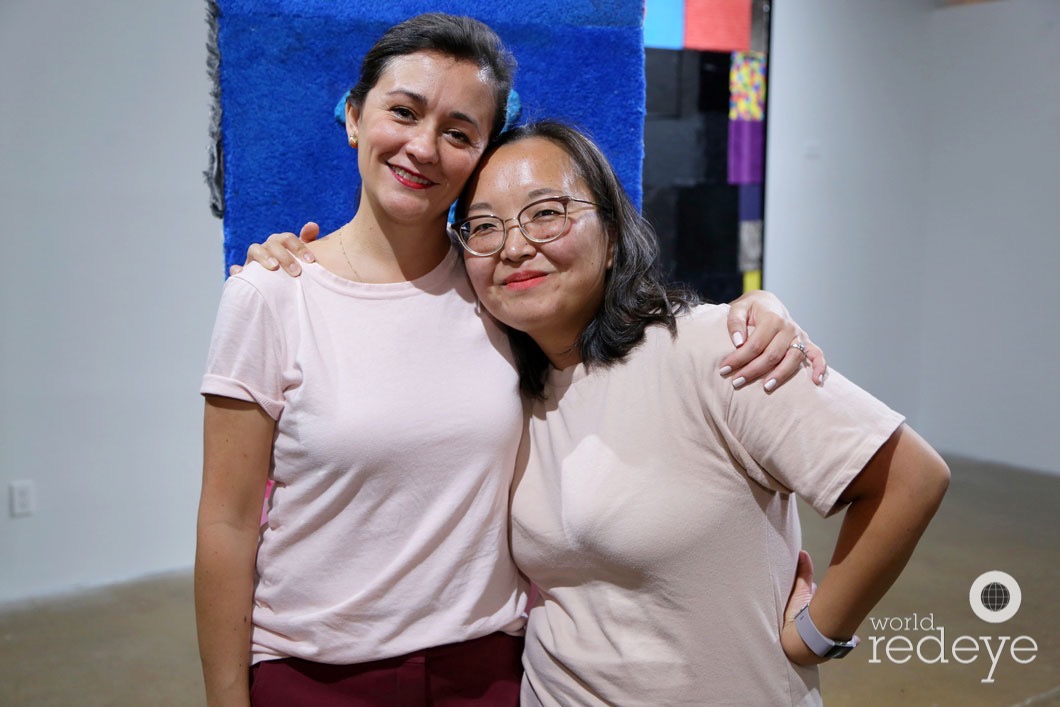
Cristina Gonzalez & Esther Park
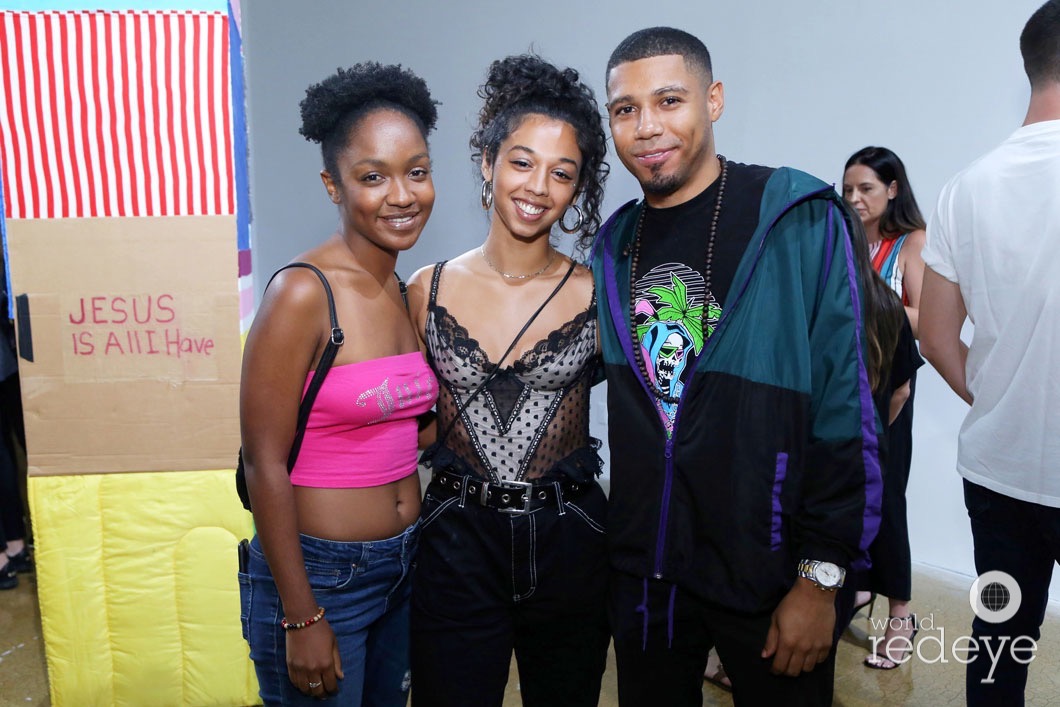
Angelica-Joy Dumervil, Yarelis Clarke, & Malcolm Cardona
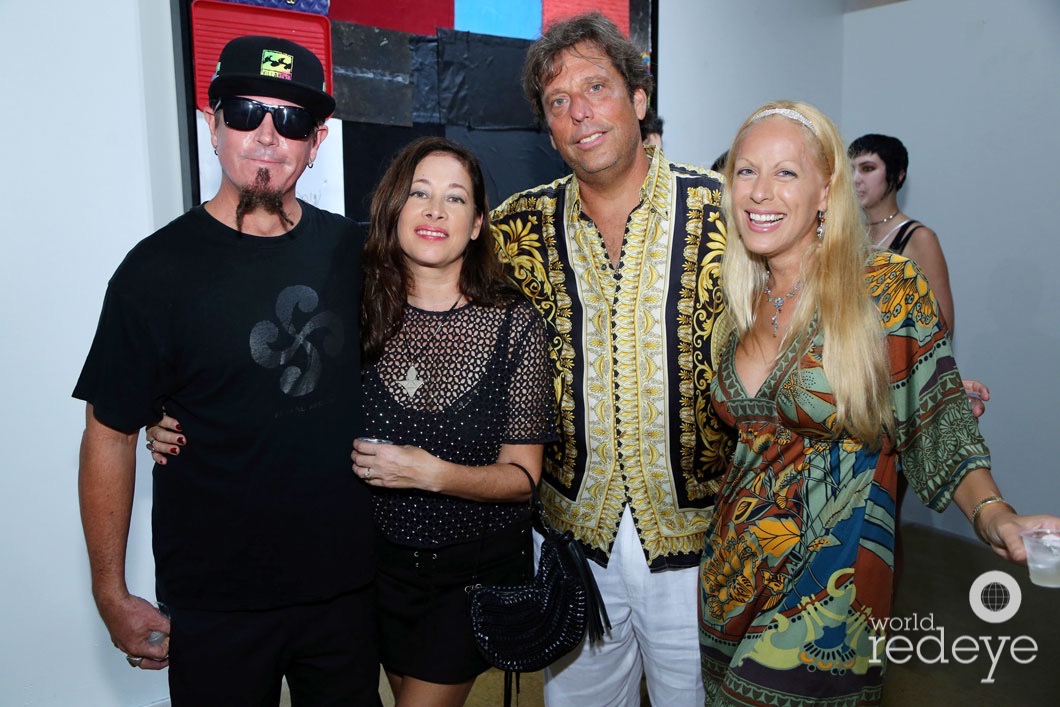
dNASAb, Desiree Konian, Mitch Rymar, & Gerri Sternfeld
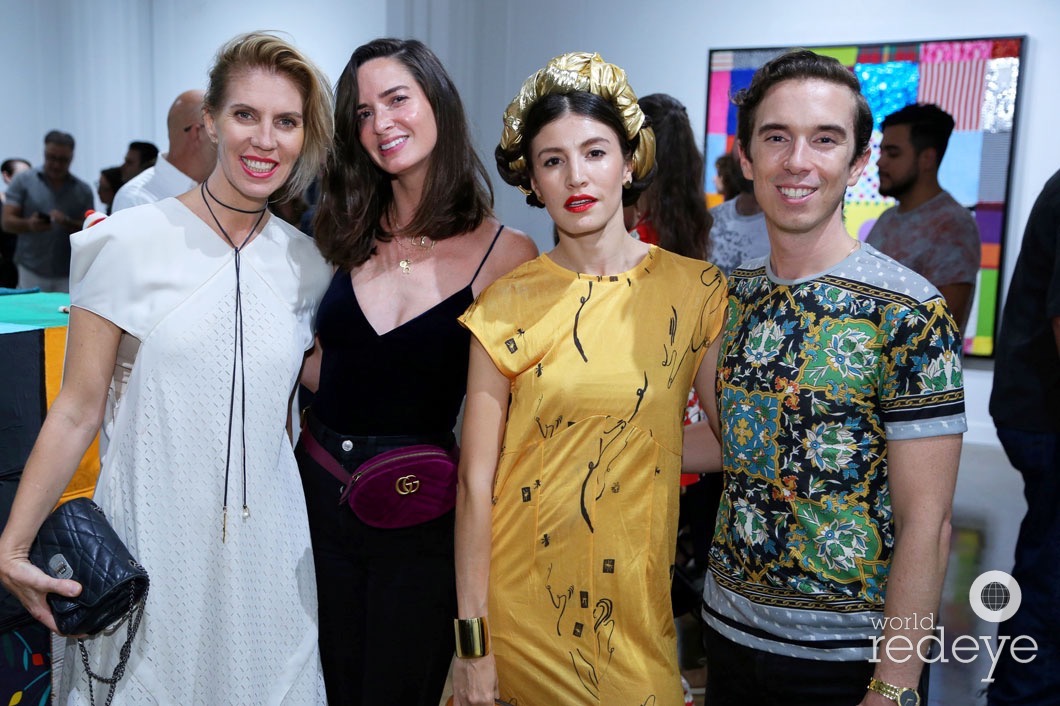
Nina Surel, Bibi Pestana, Danié Gómez-Ortigoza, & Christopher Pastor
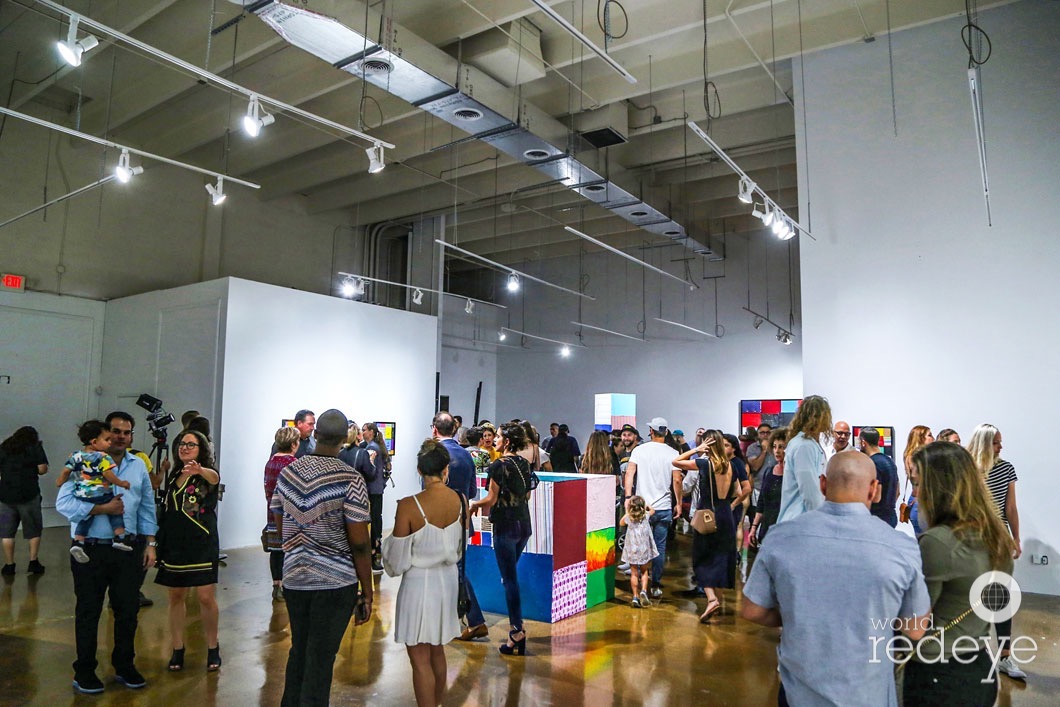
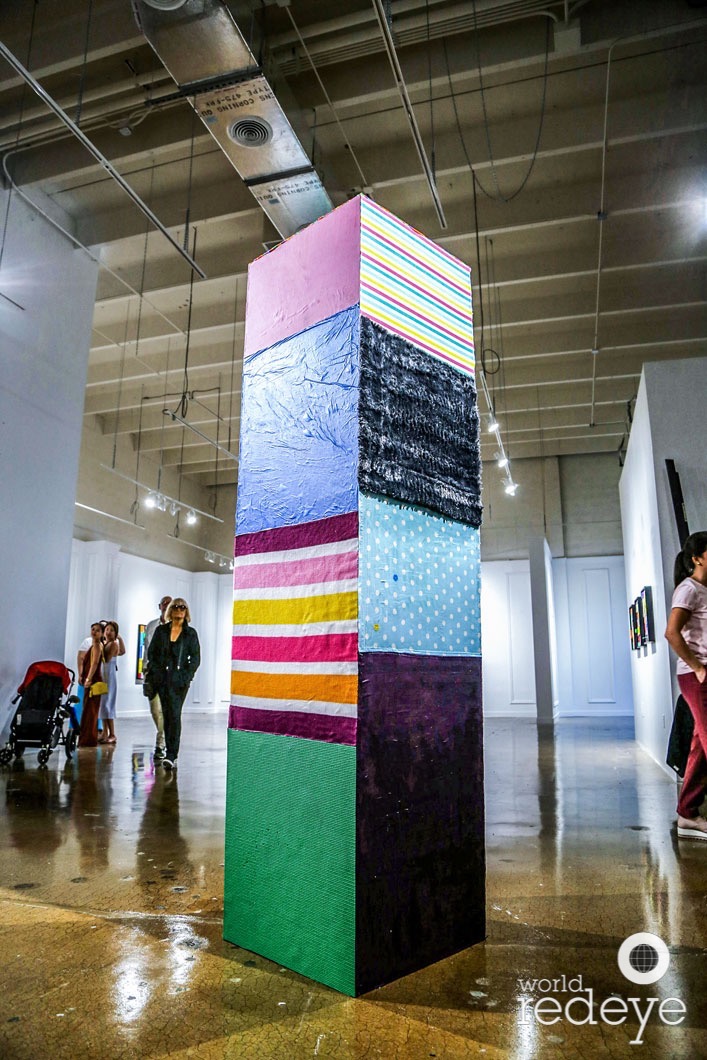
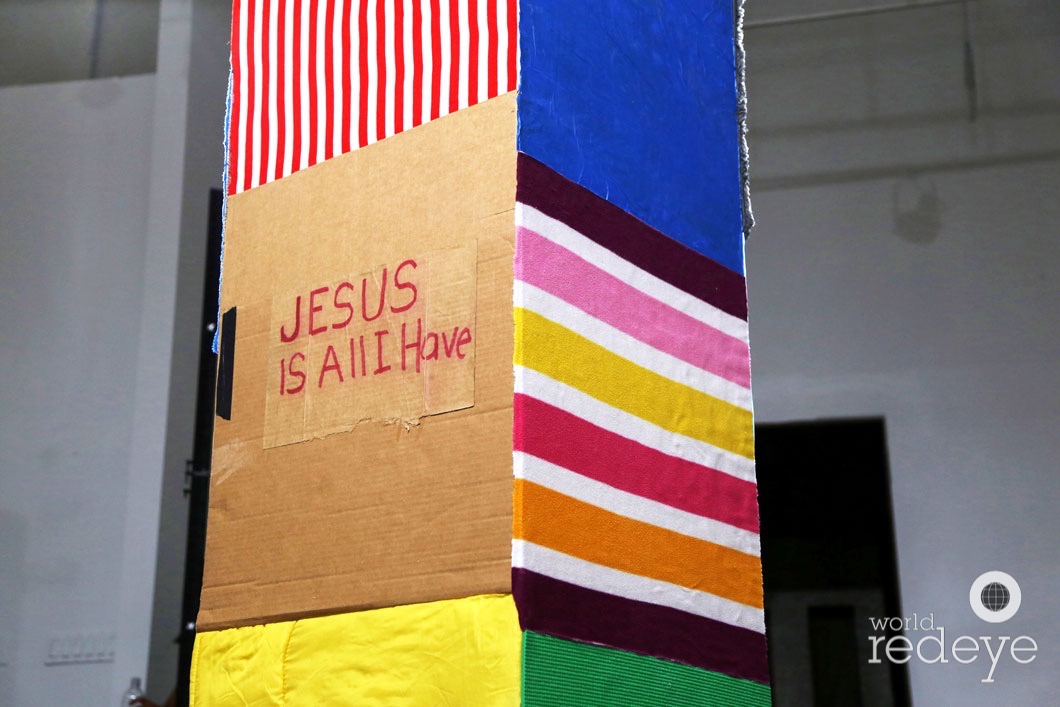
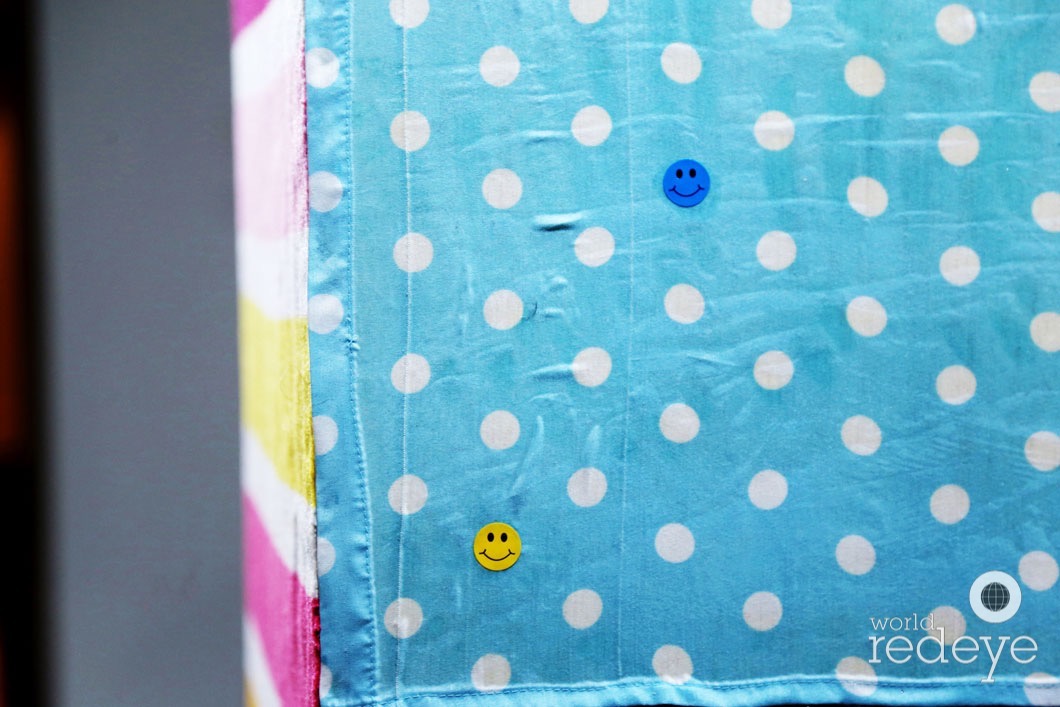
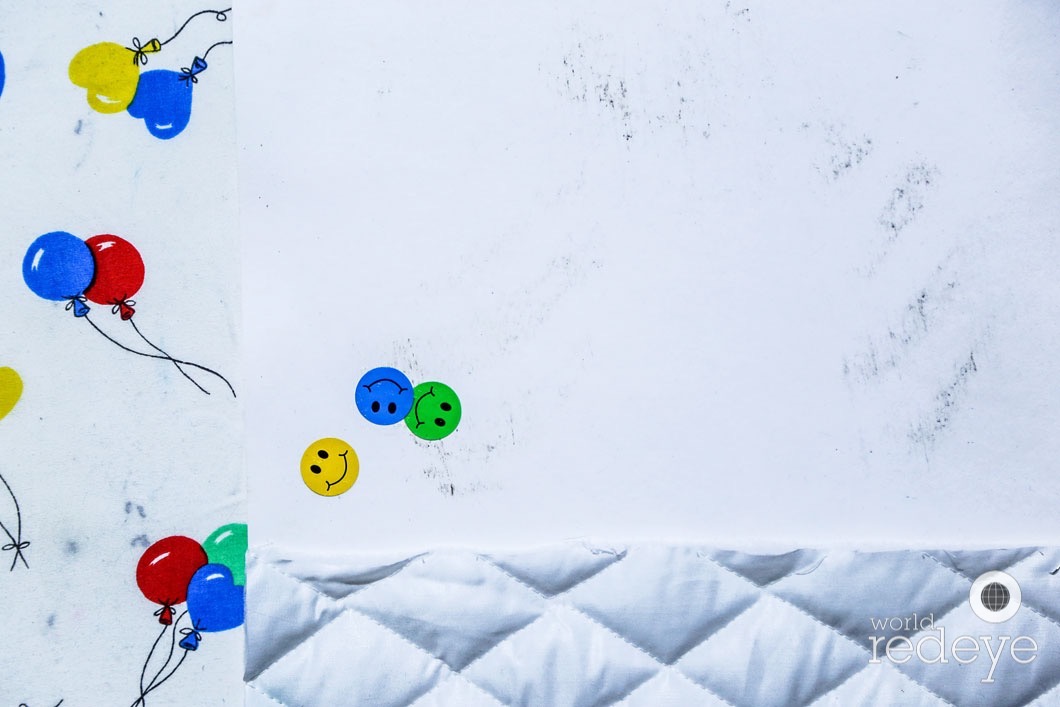
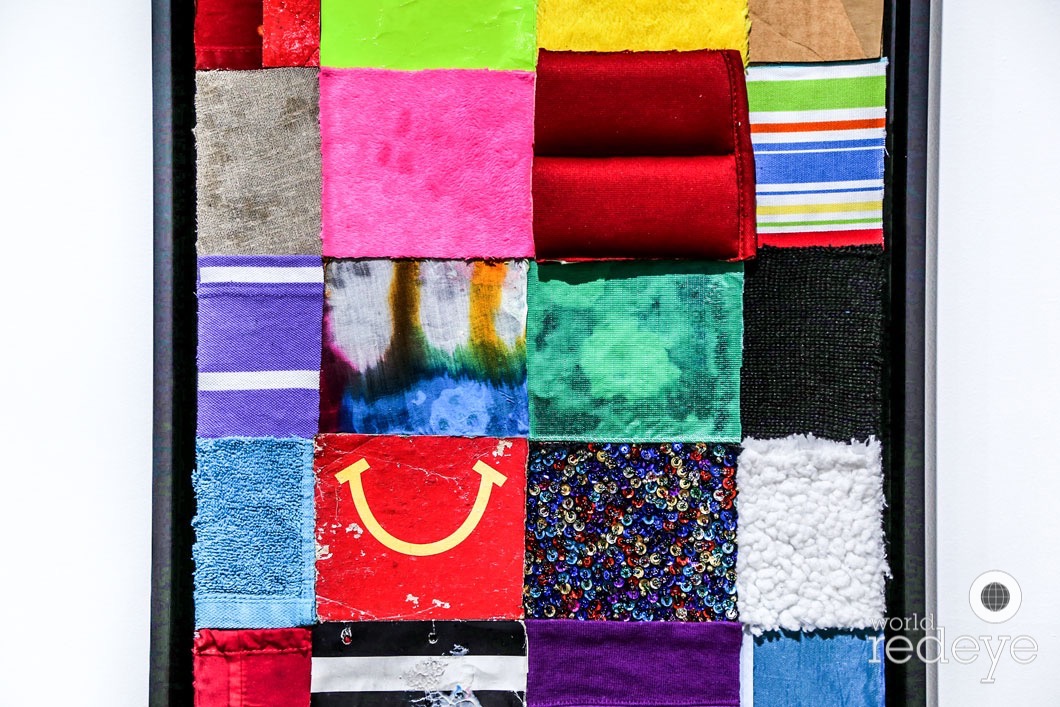
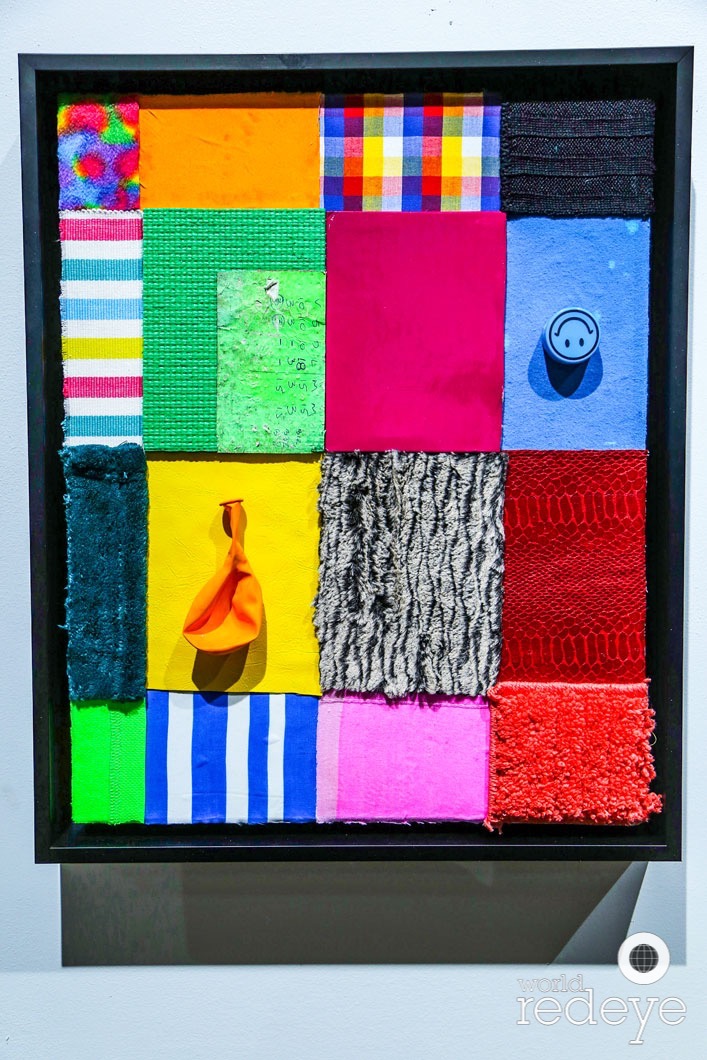
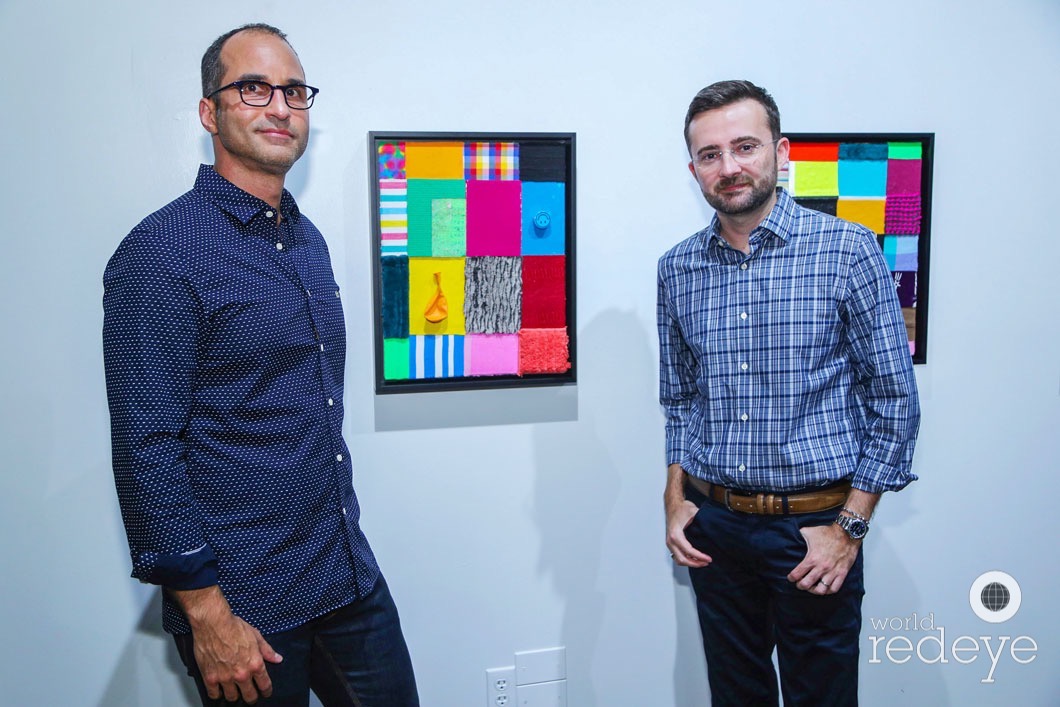
Ricardo Tojdowski & Florian Jouin
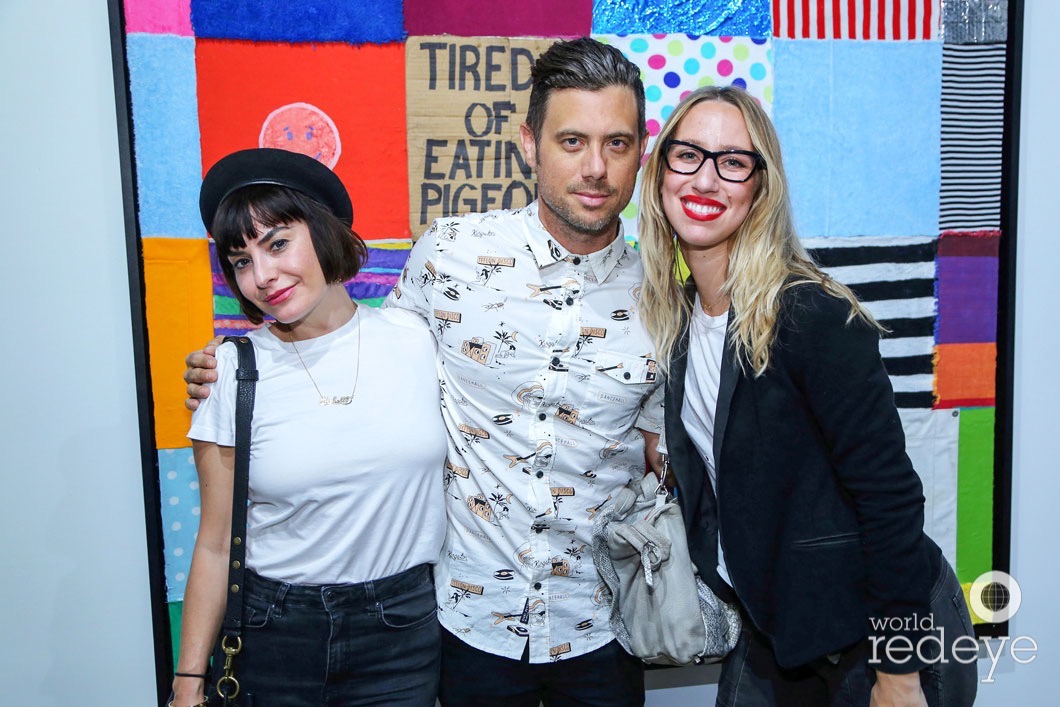
Michelle Leshem, Sean Drake, & Claudia Caballe
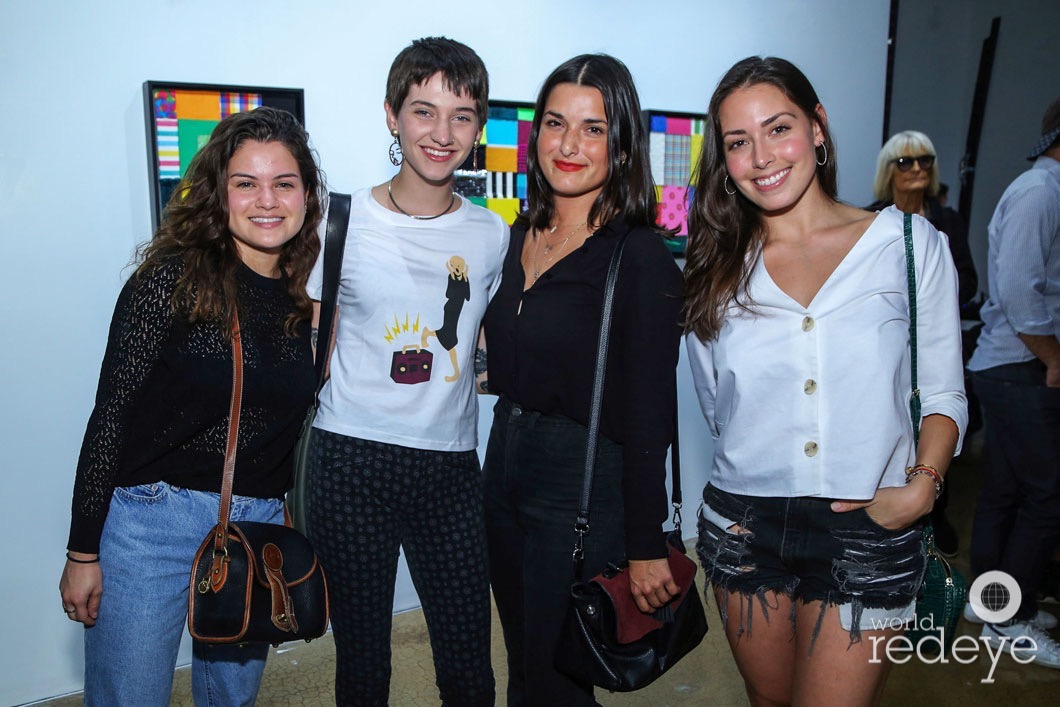
Jessica Idarraga, Changler Jaffe, Haley Edelson, & Debora Lima
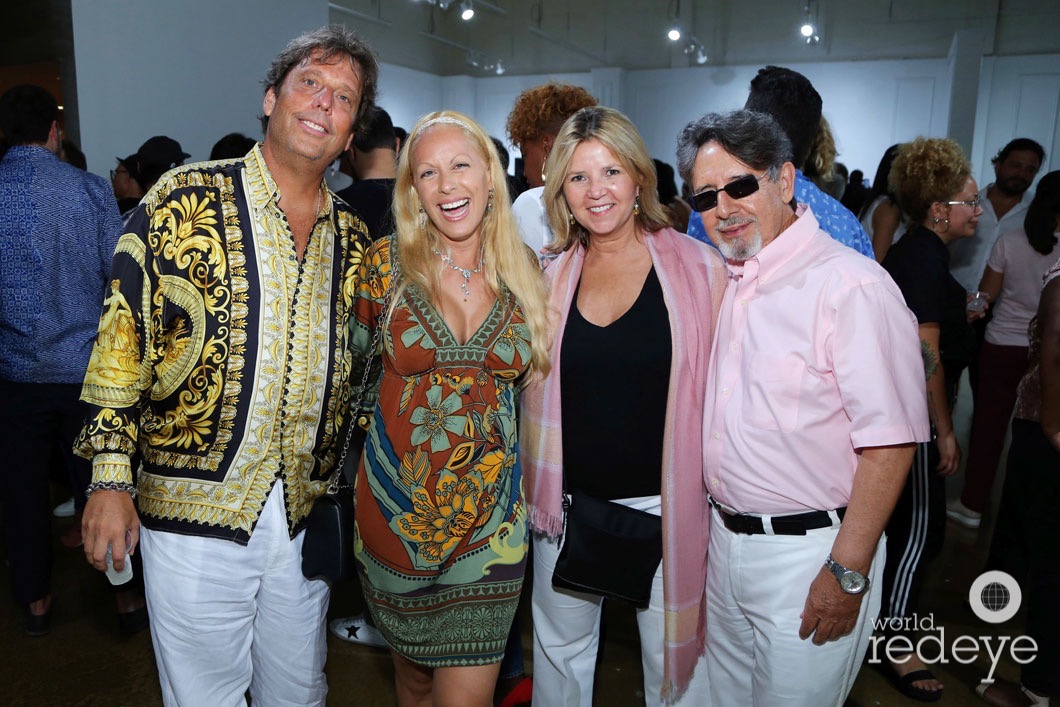
Mitch Rymar, Gerri Sternfeld, Joyce Lowry Gonzalez, & Ricardo J Gonzalez III
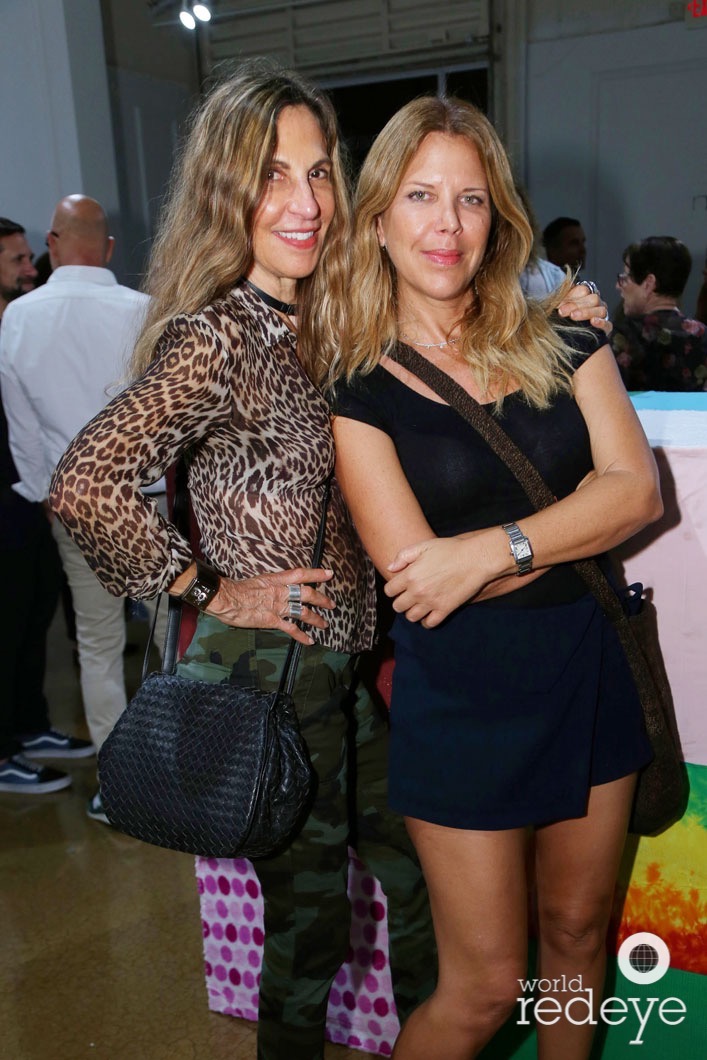
Lynn Larrieu & Jennifer Blanco Feil
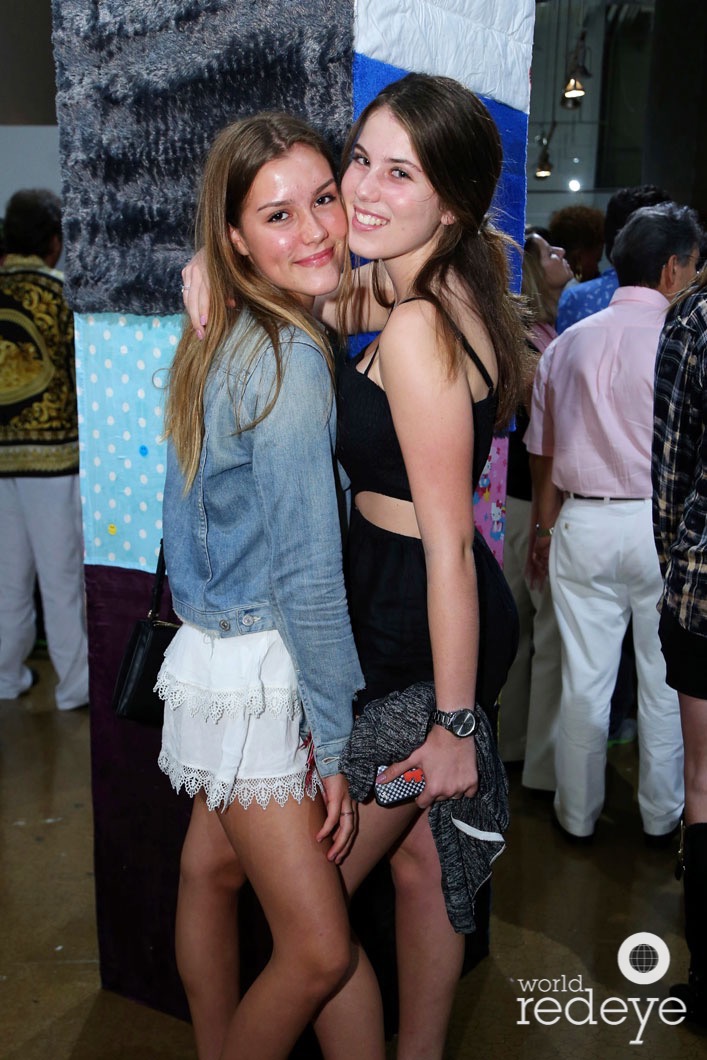
Skye Mikesell & Hannah Hurwitz
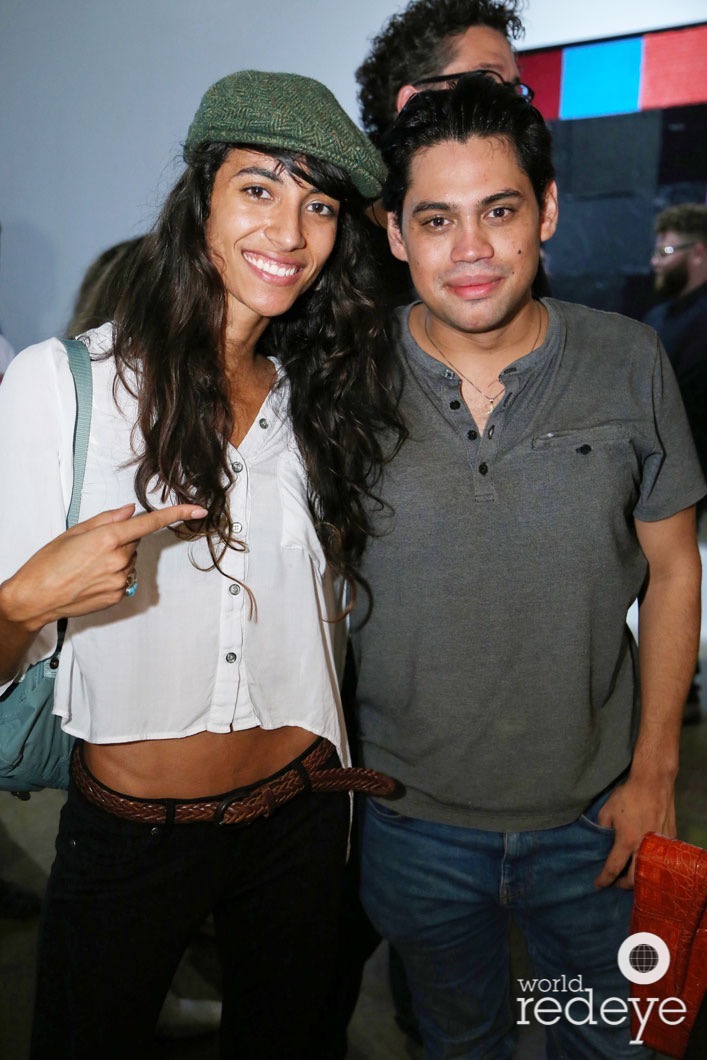
Sofia Carrasquillo & Christopher Rapalo
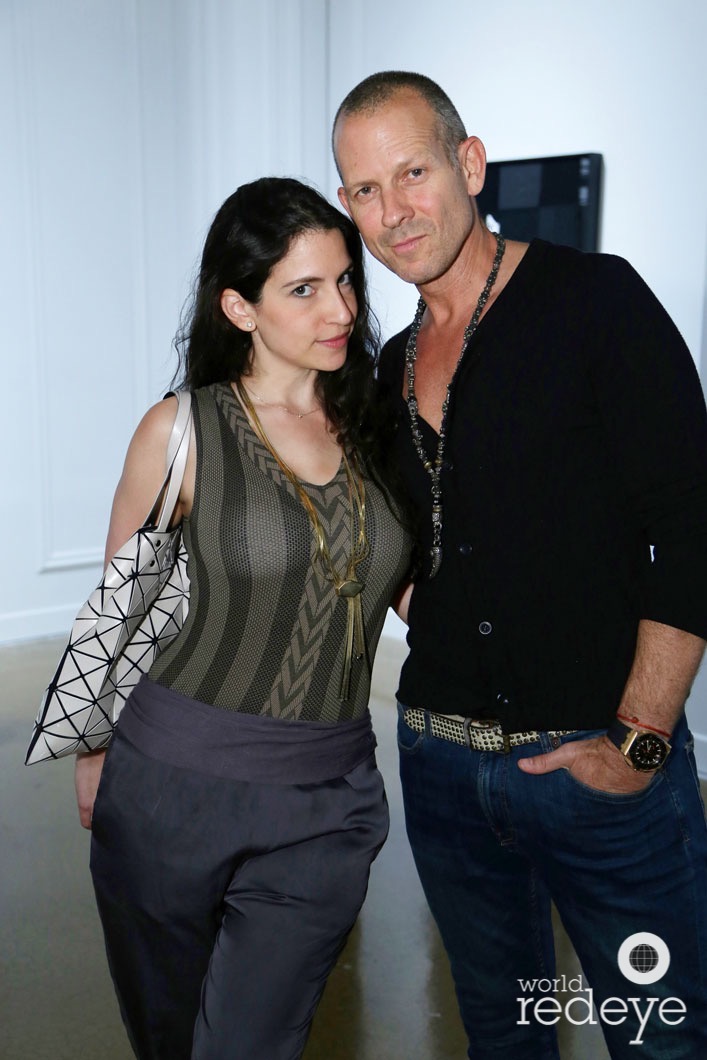
Karen Starosta-Gilinski & Andrew Cantor
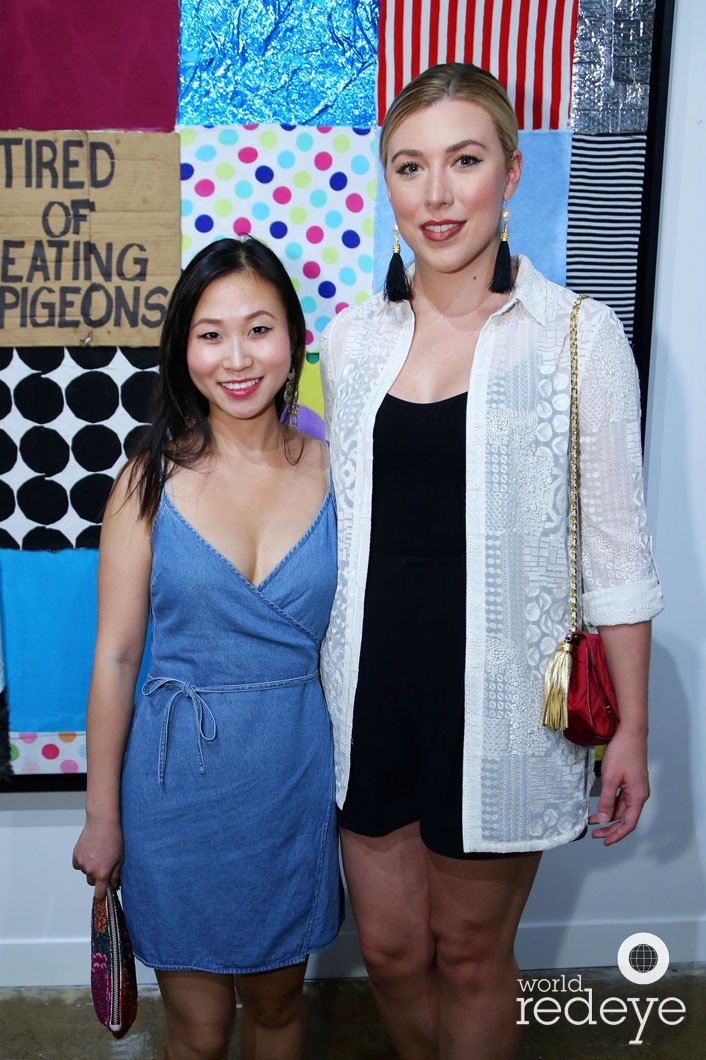
Jennifer Jin & Savannah Smith
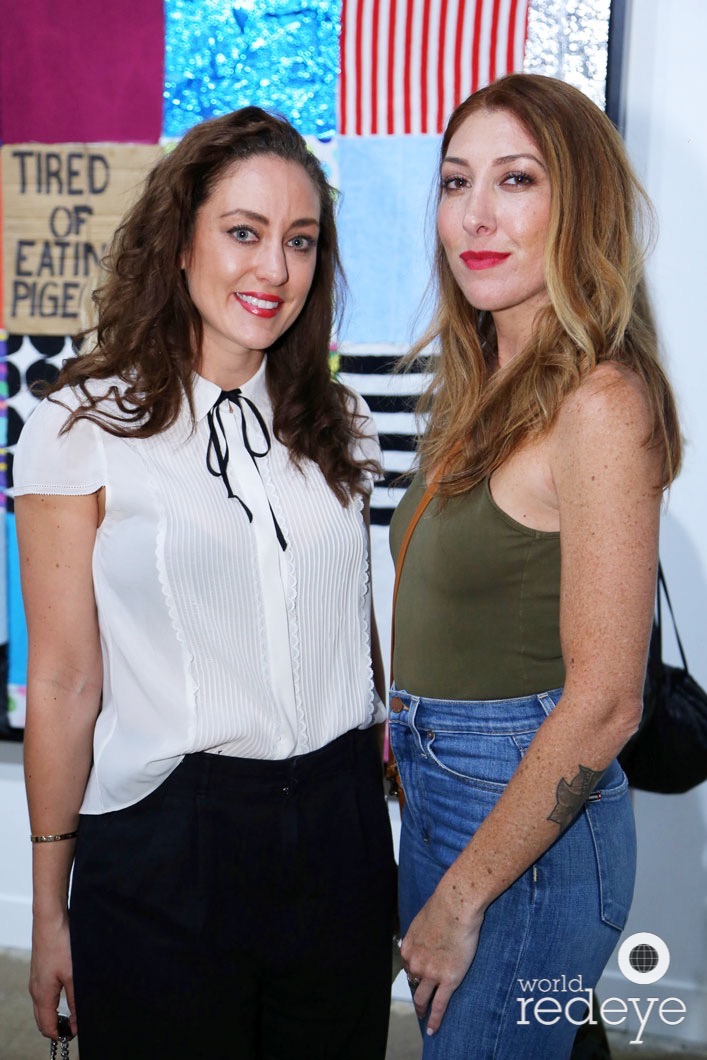
Laureina Velazquez & Alexis Meyers




